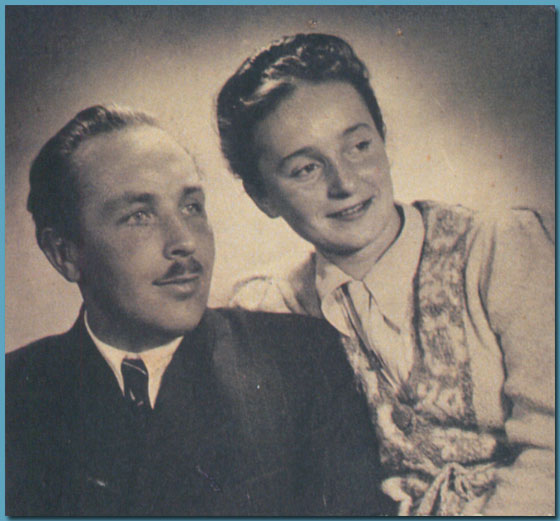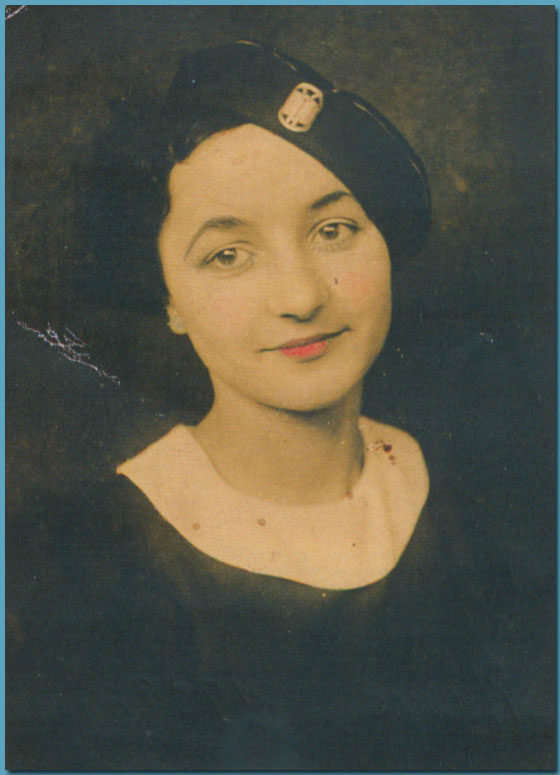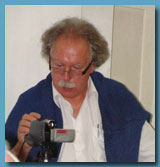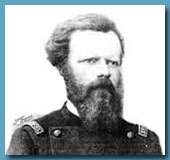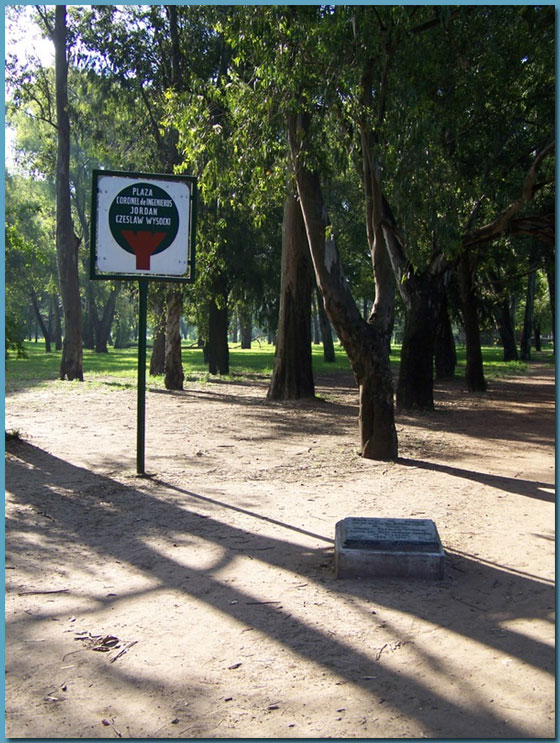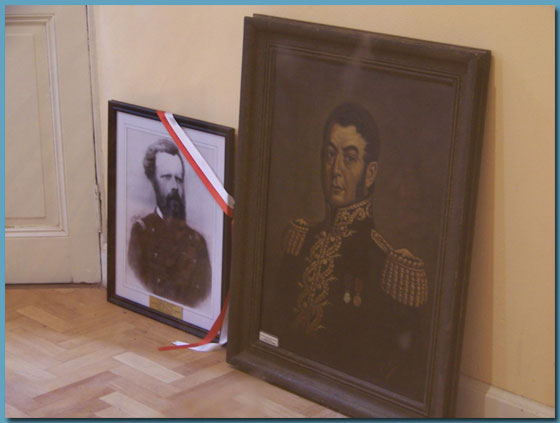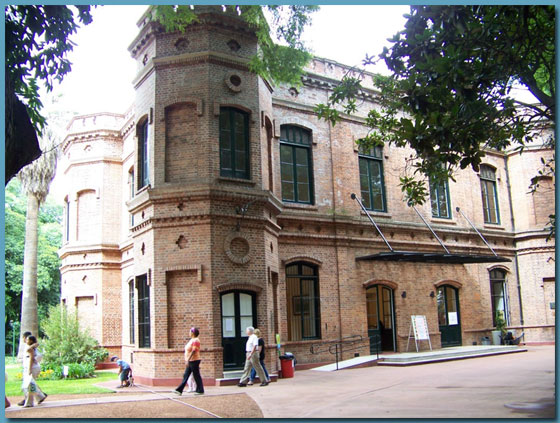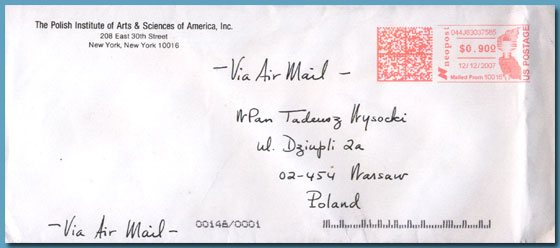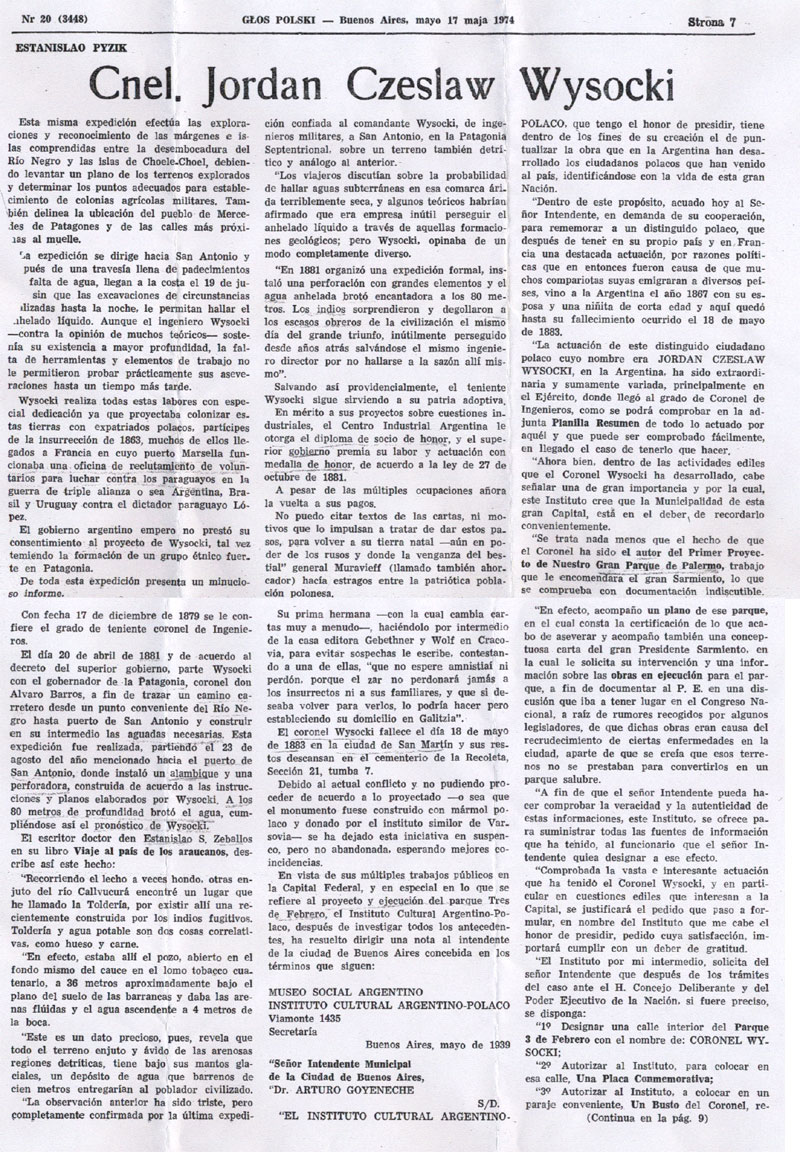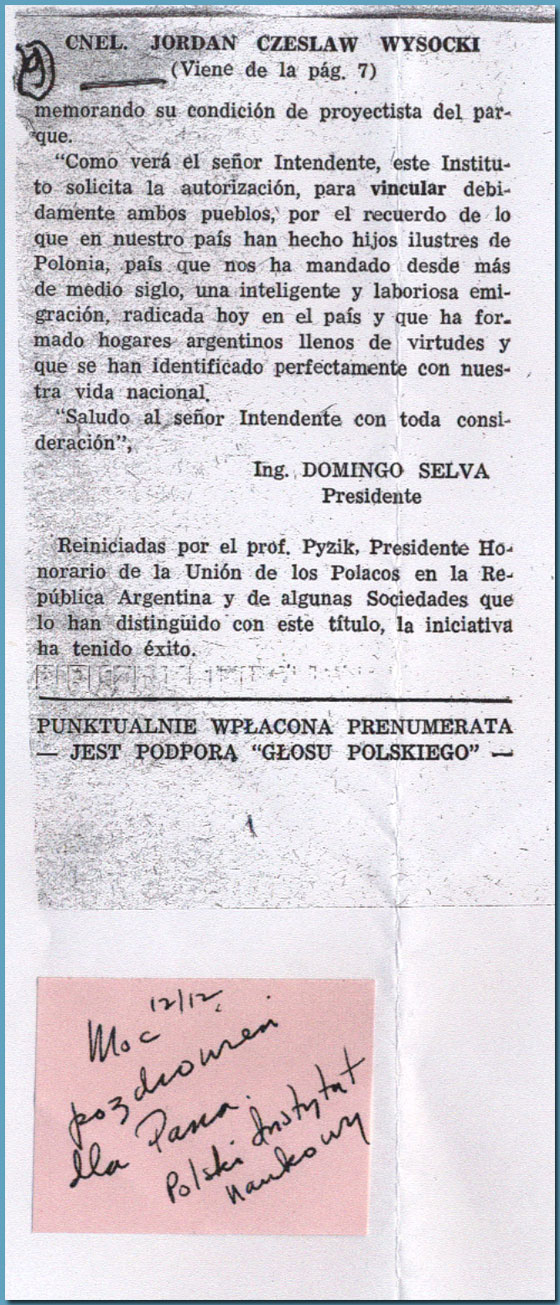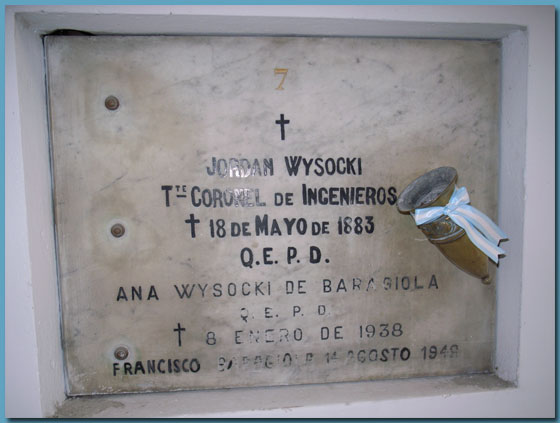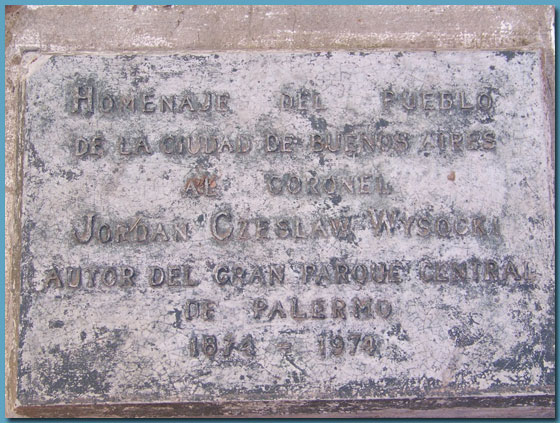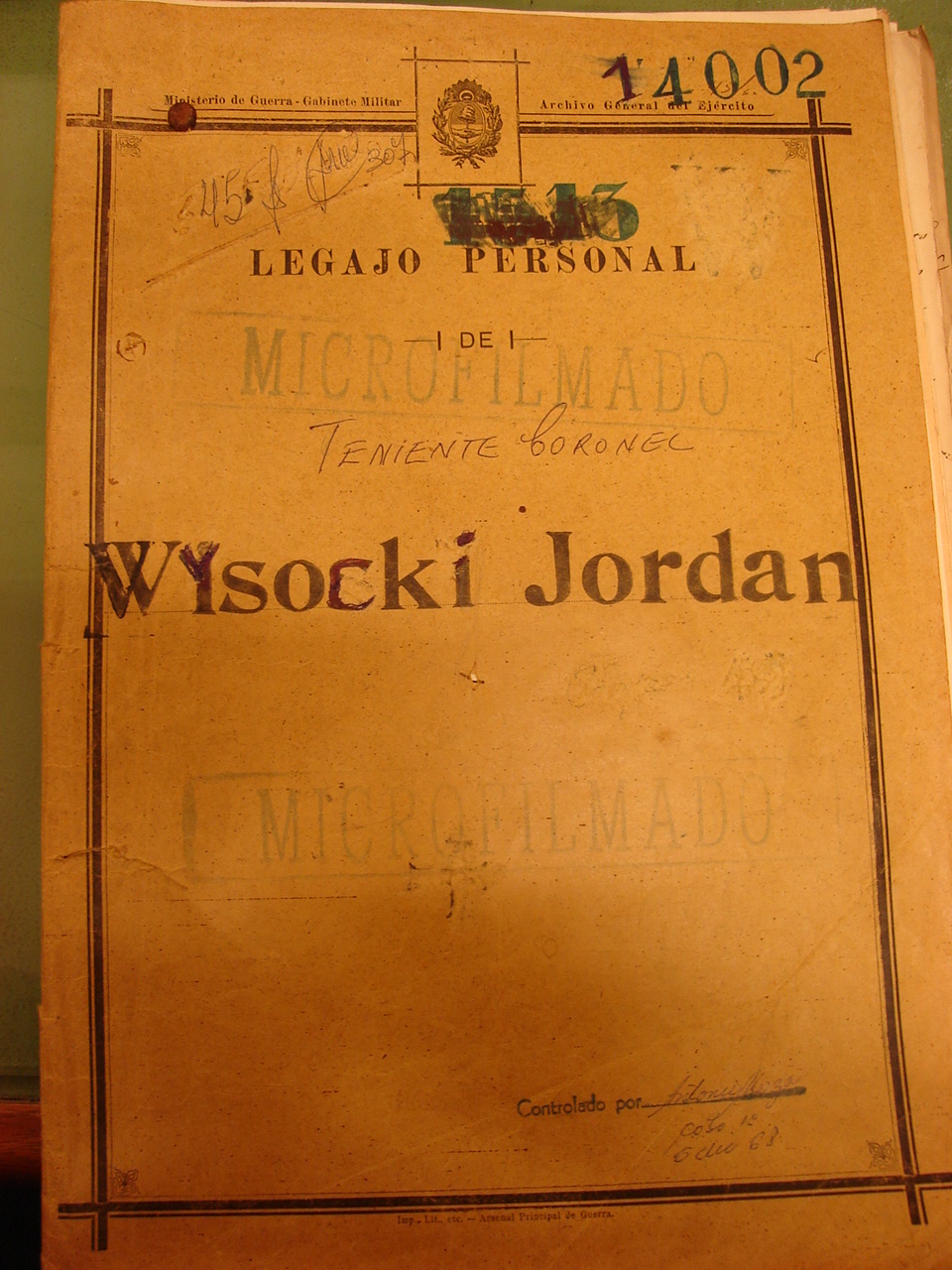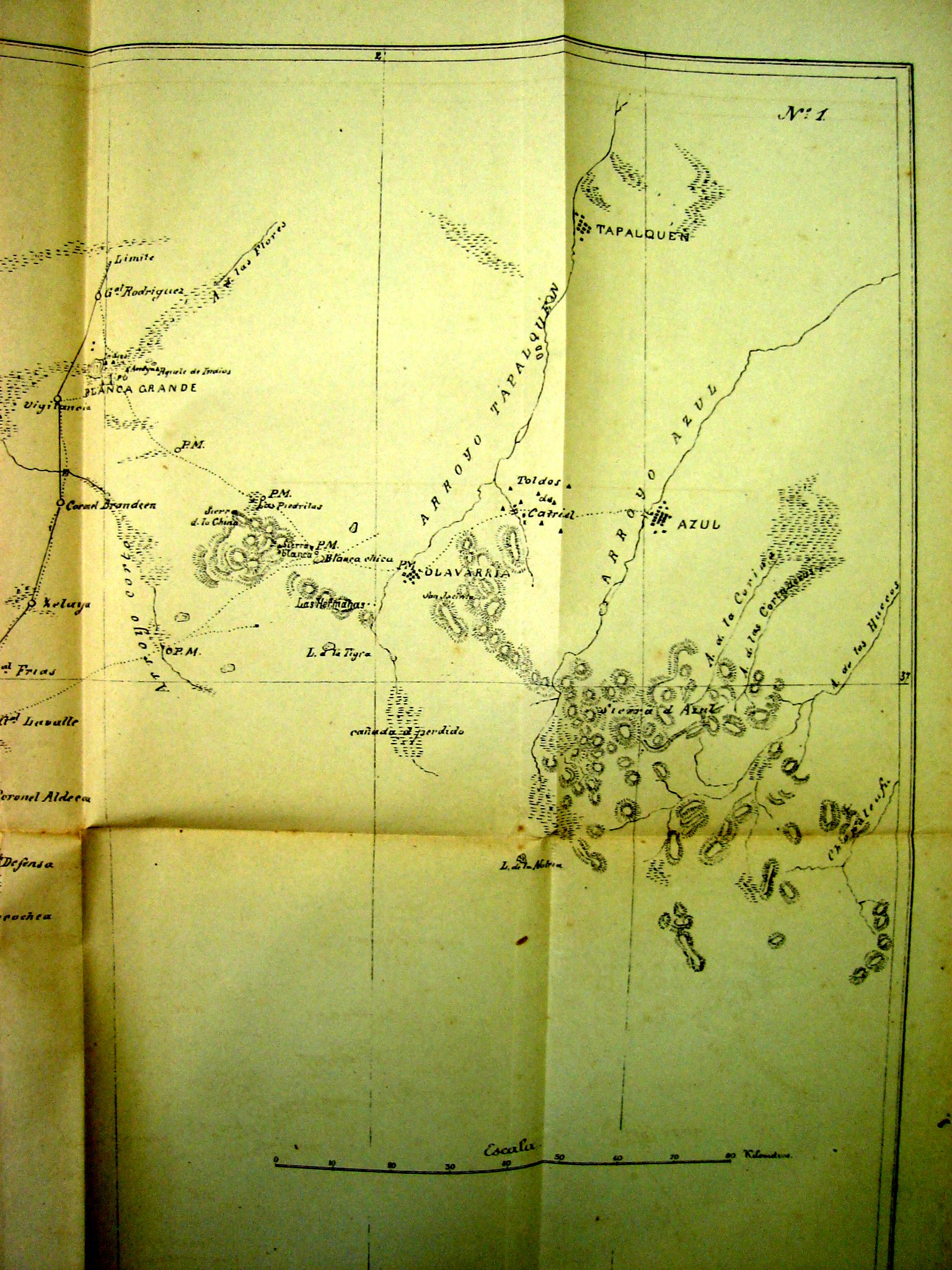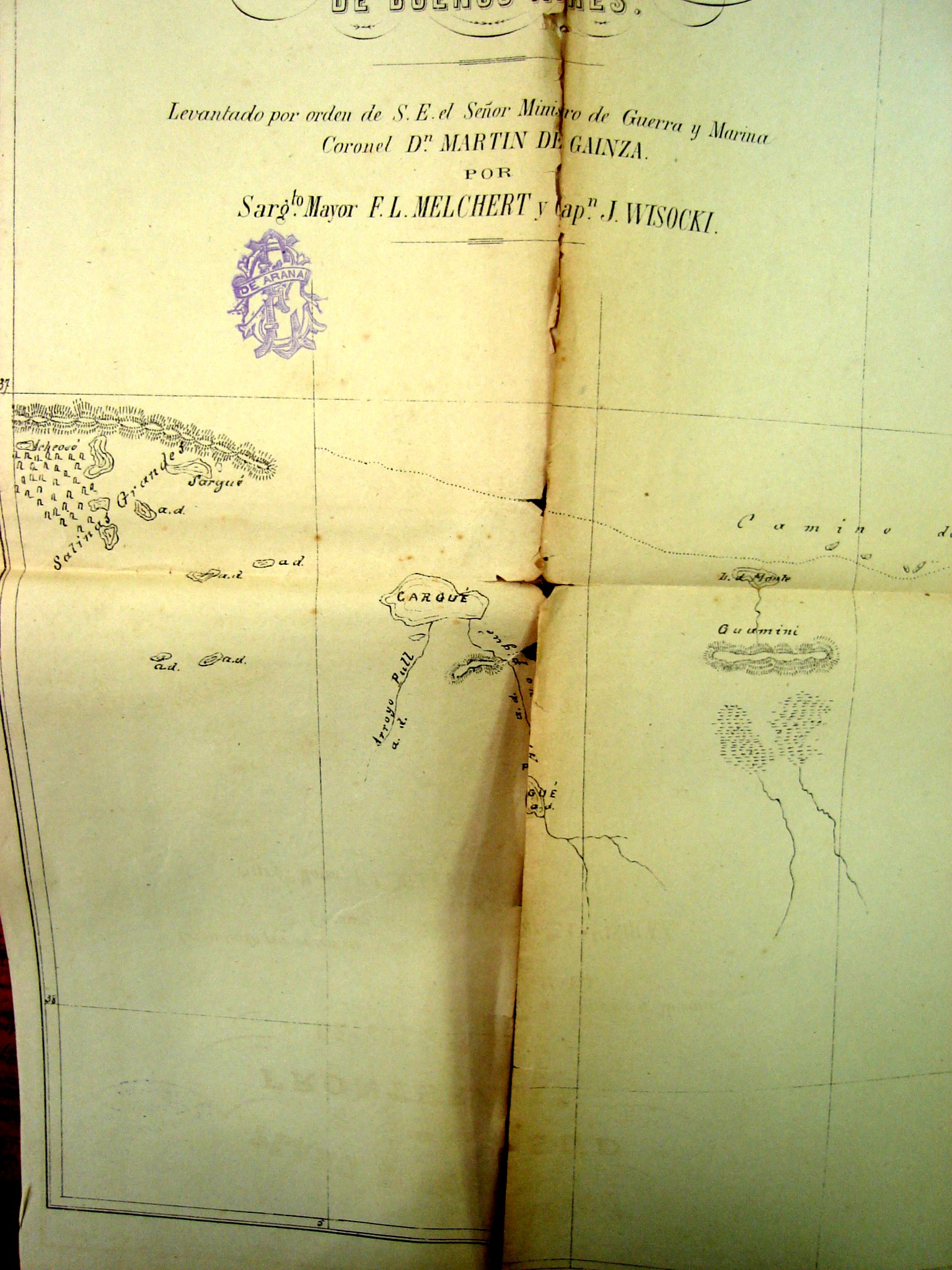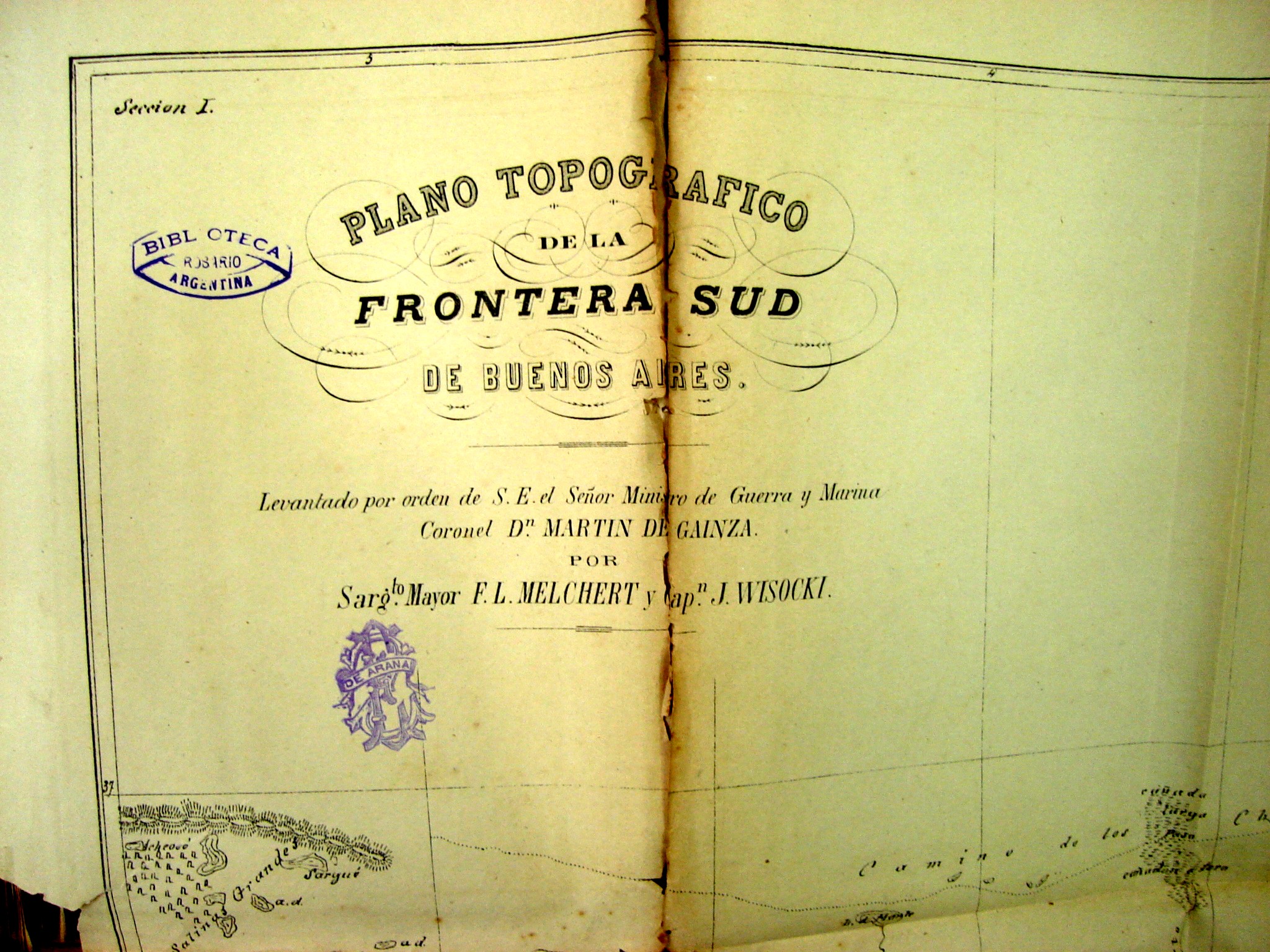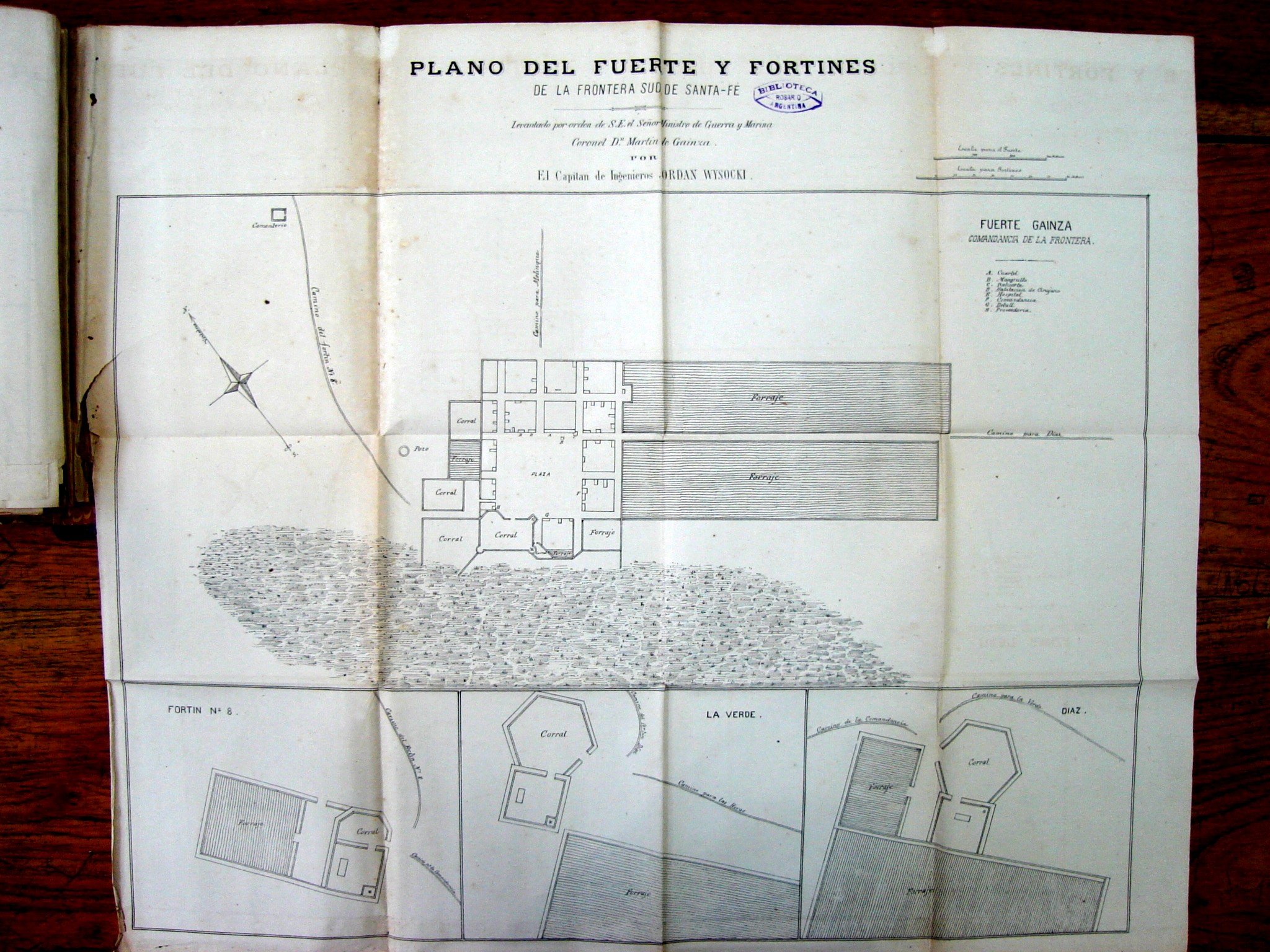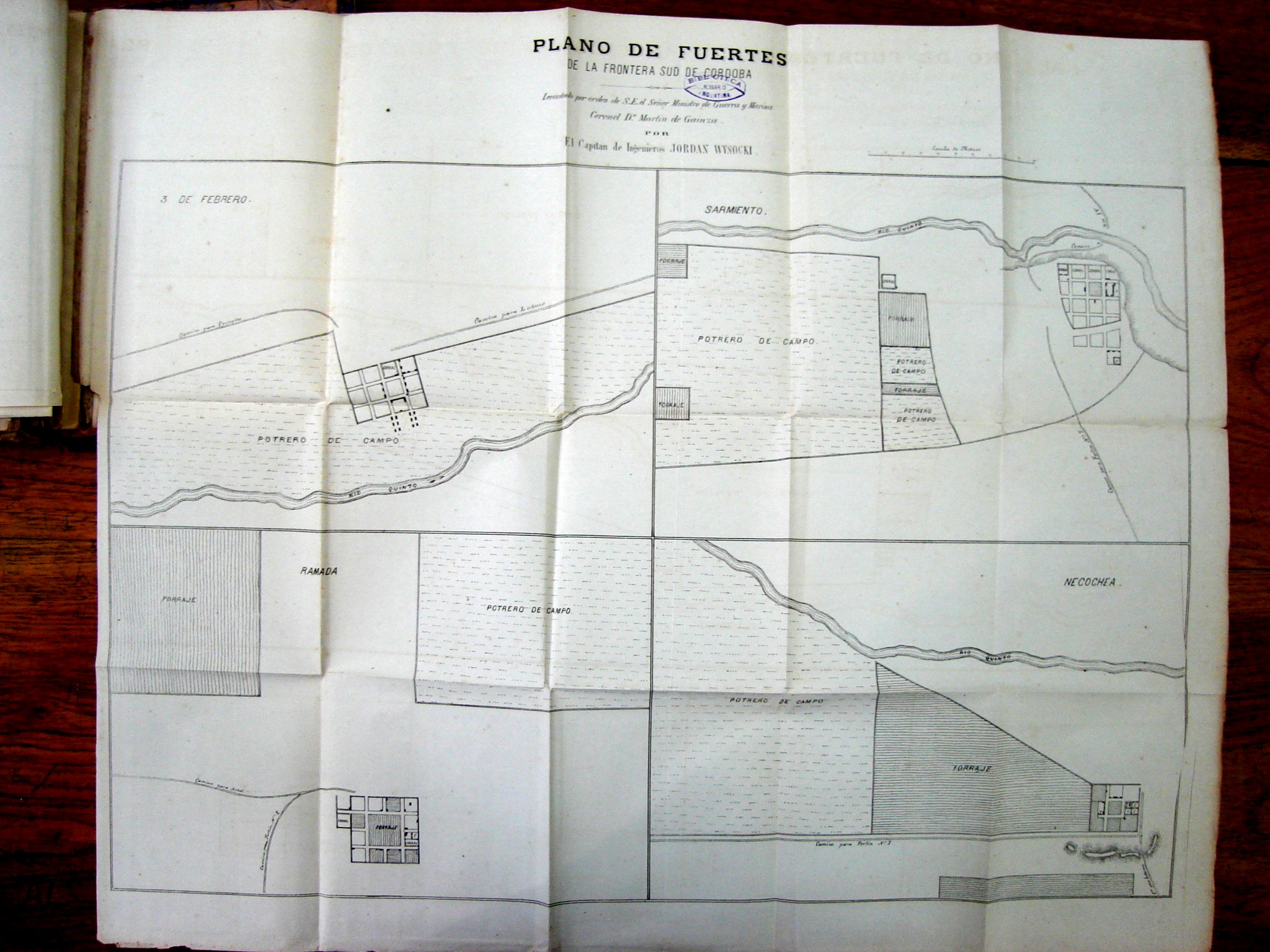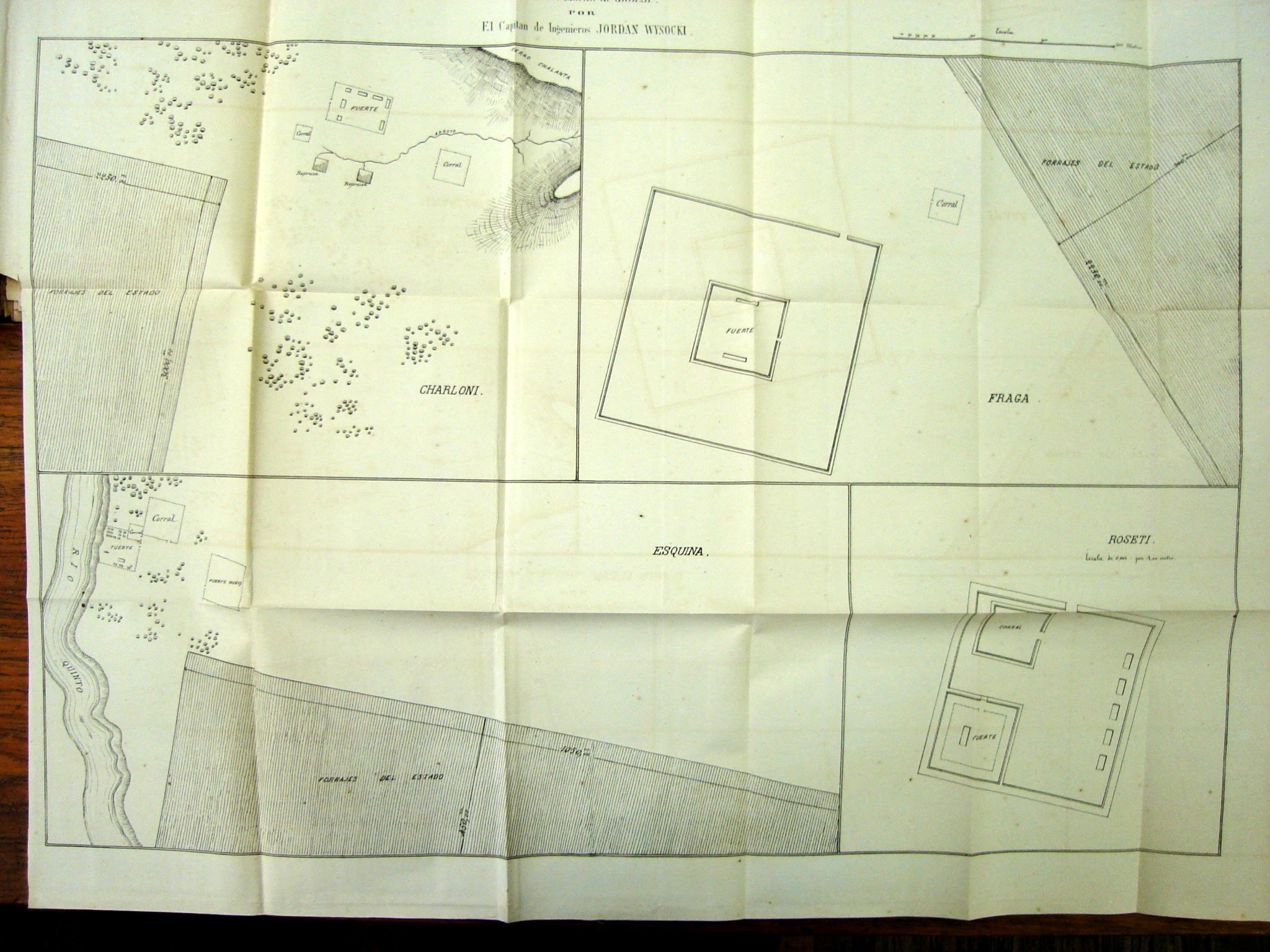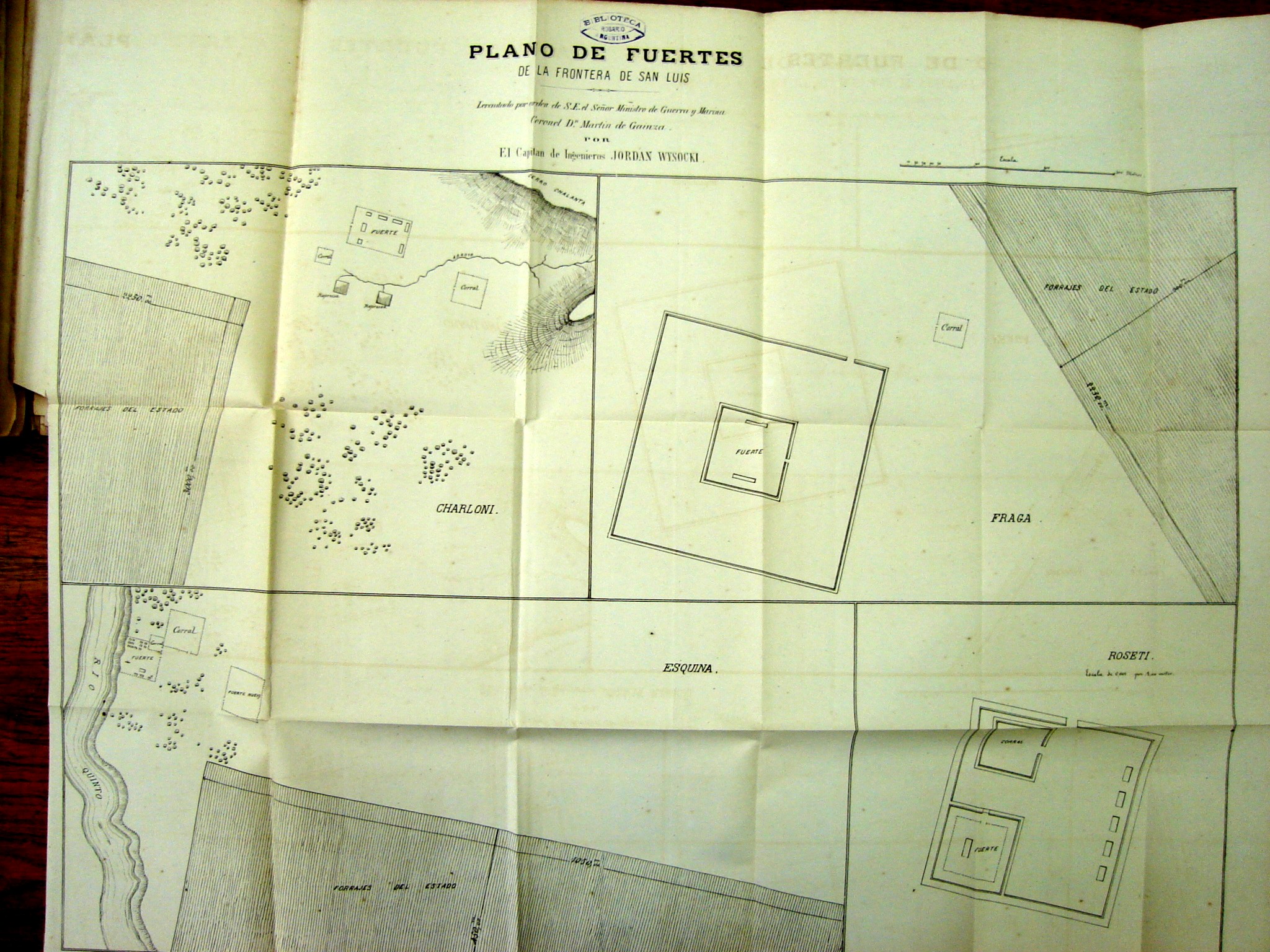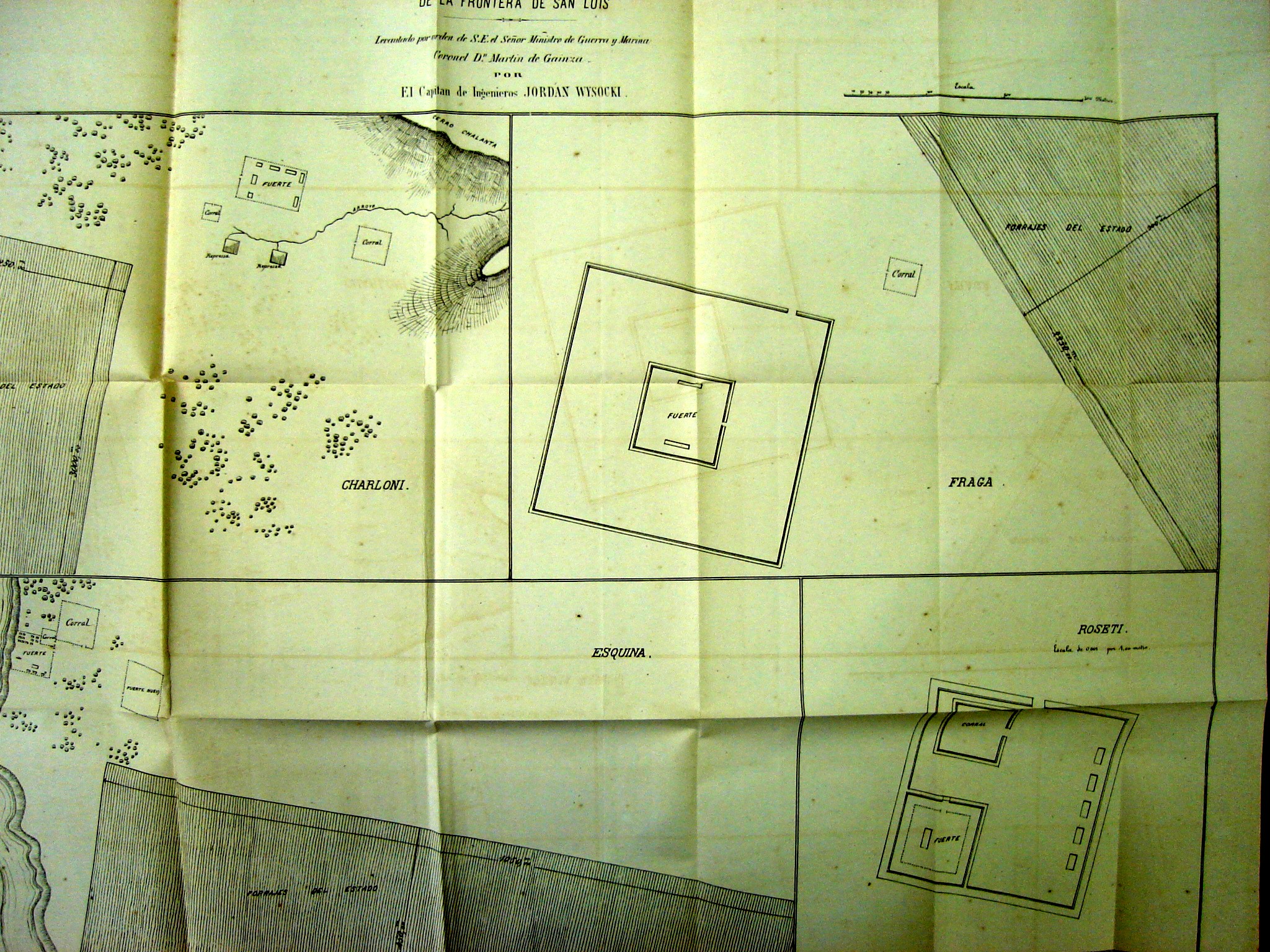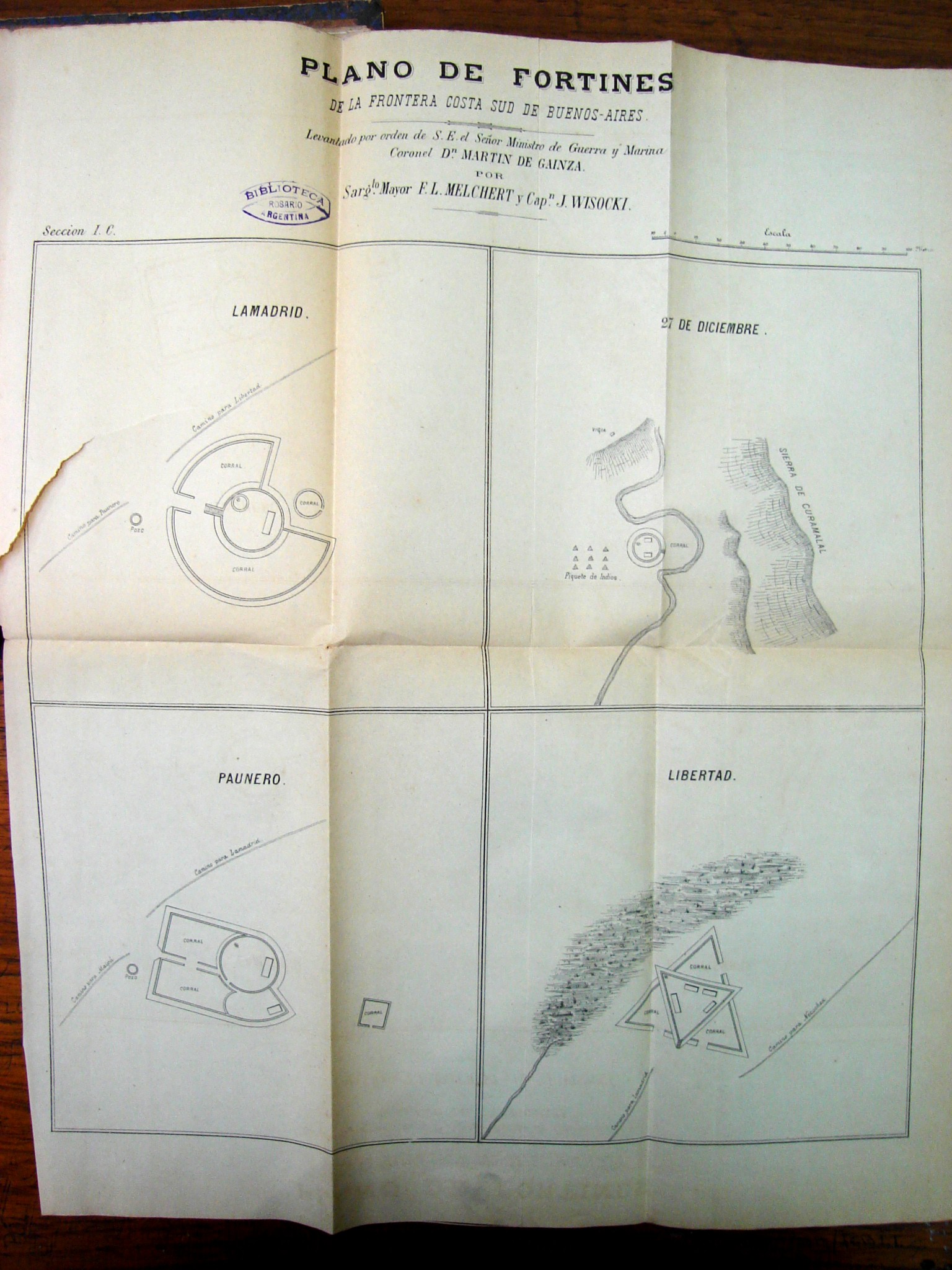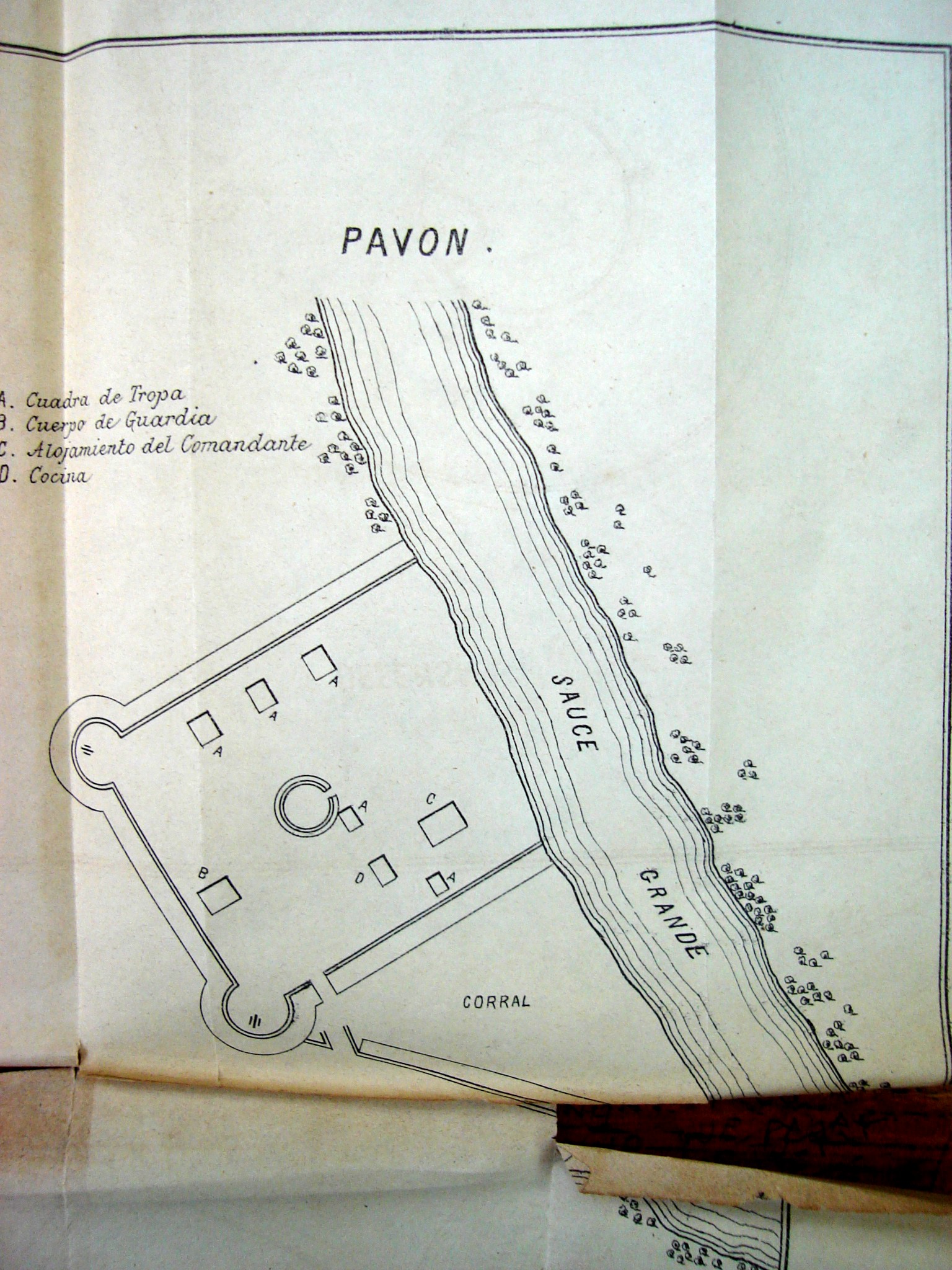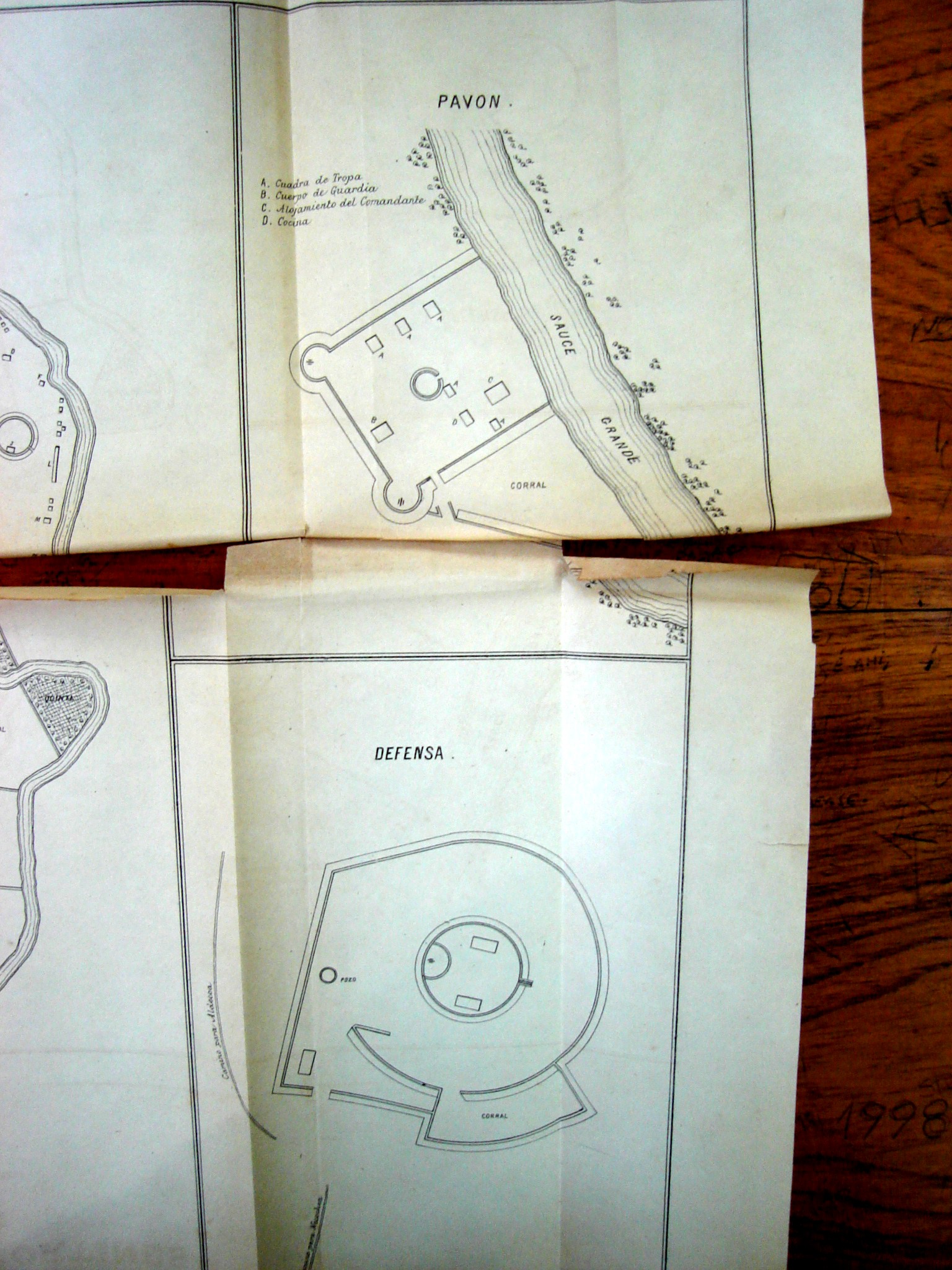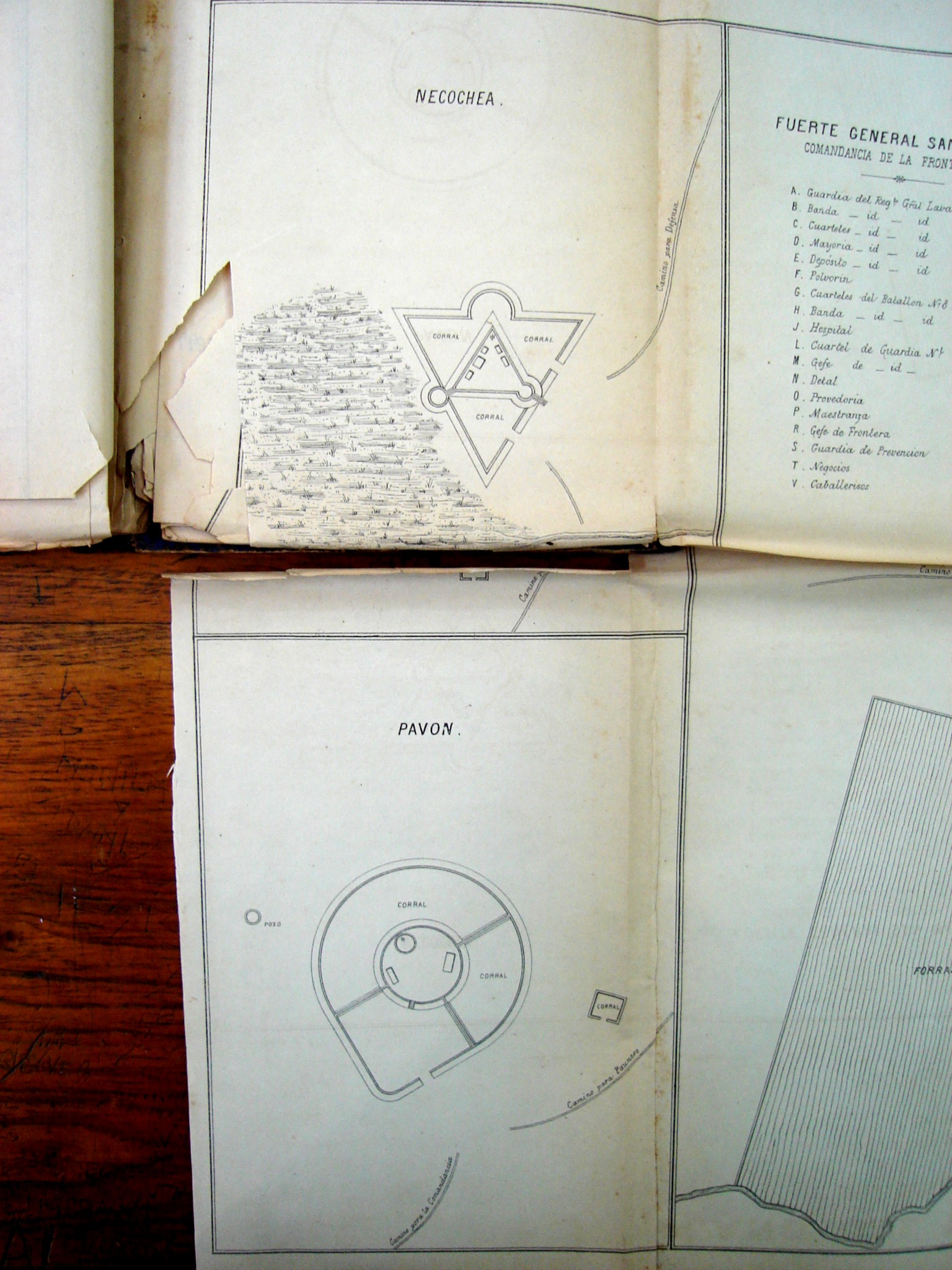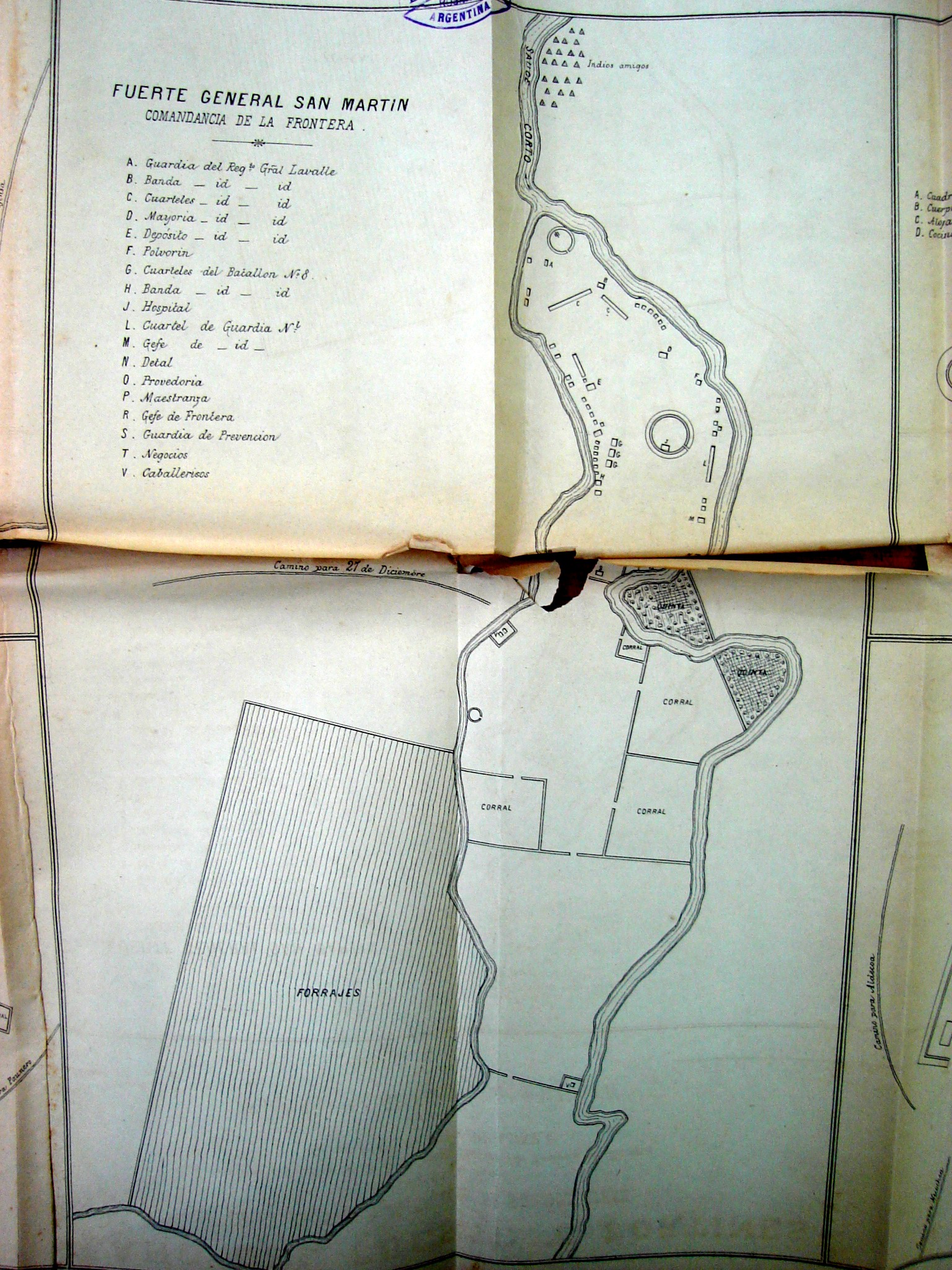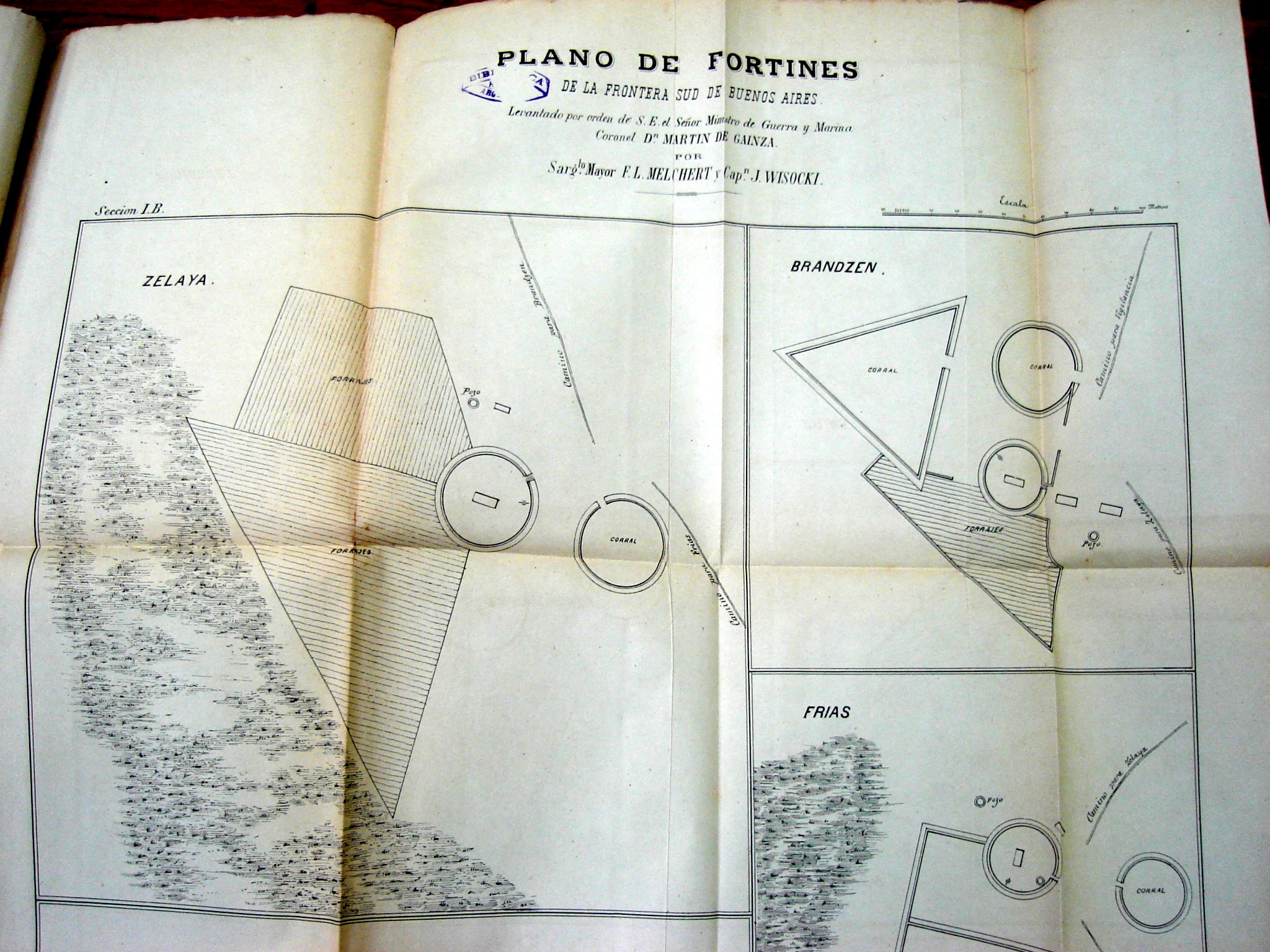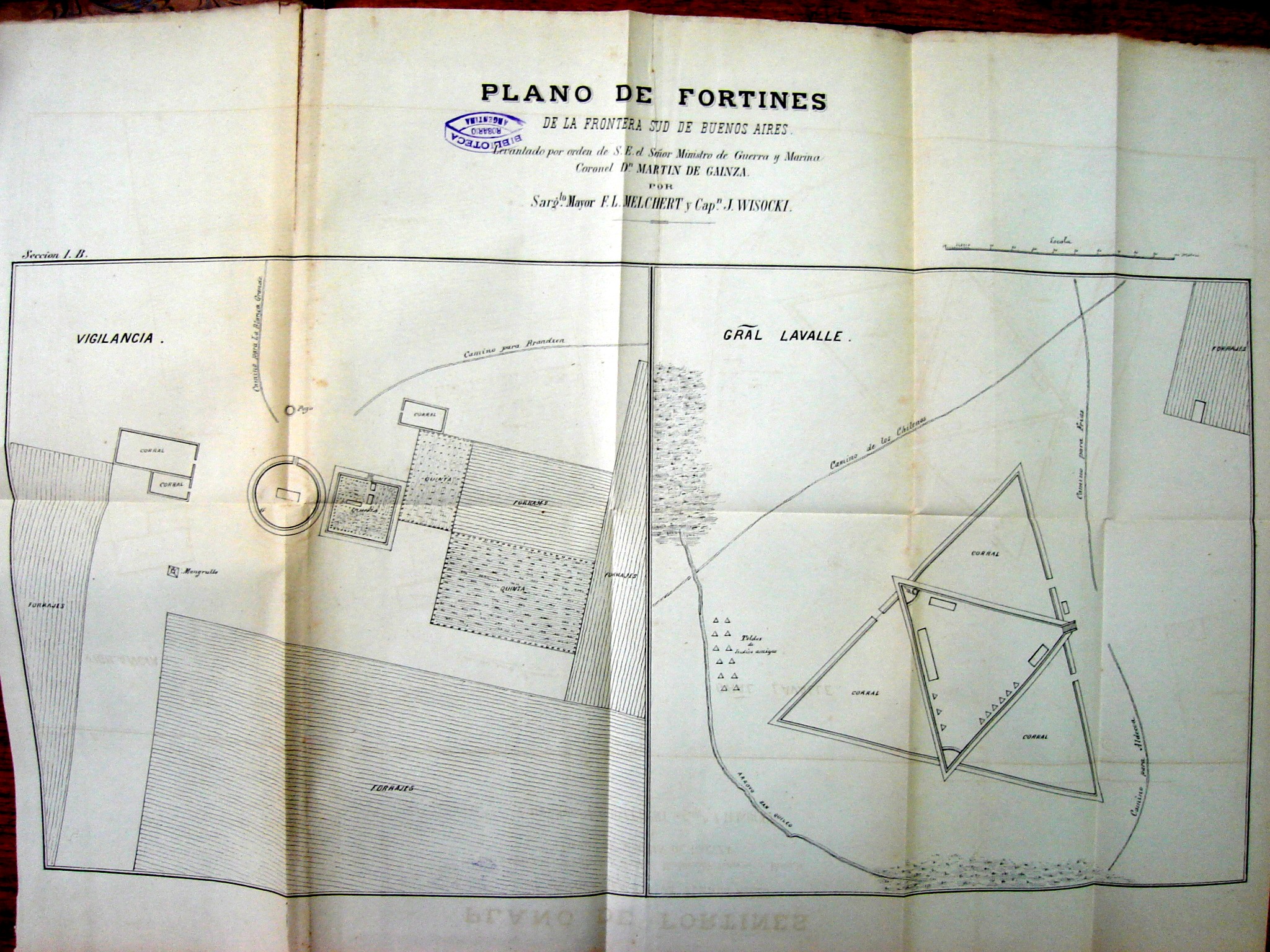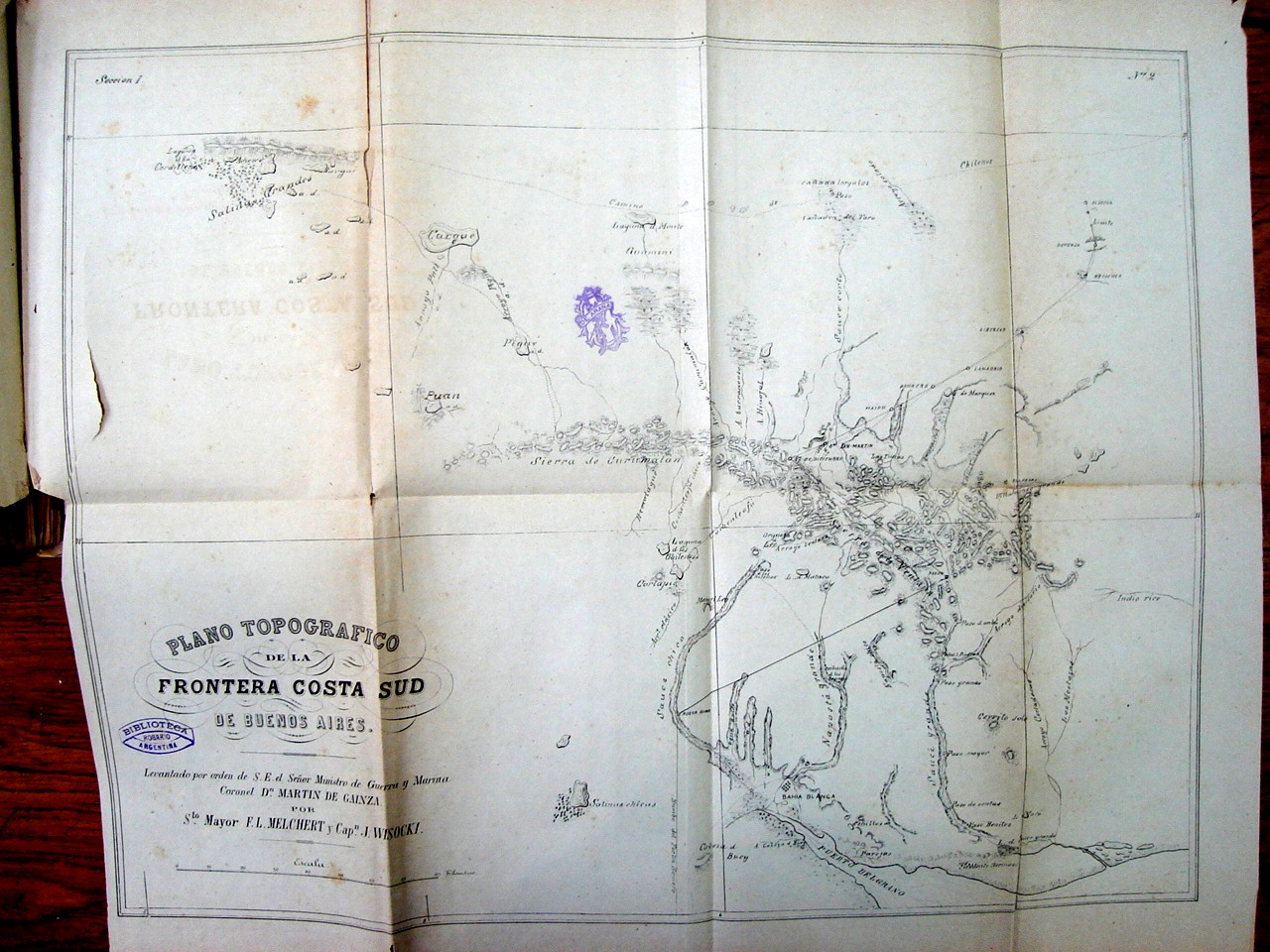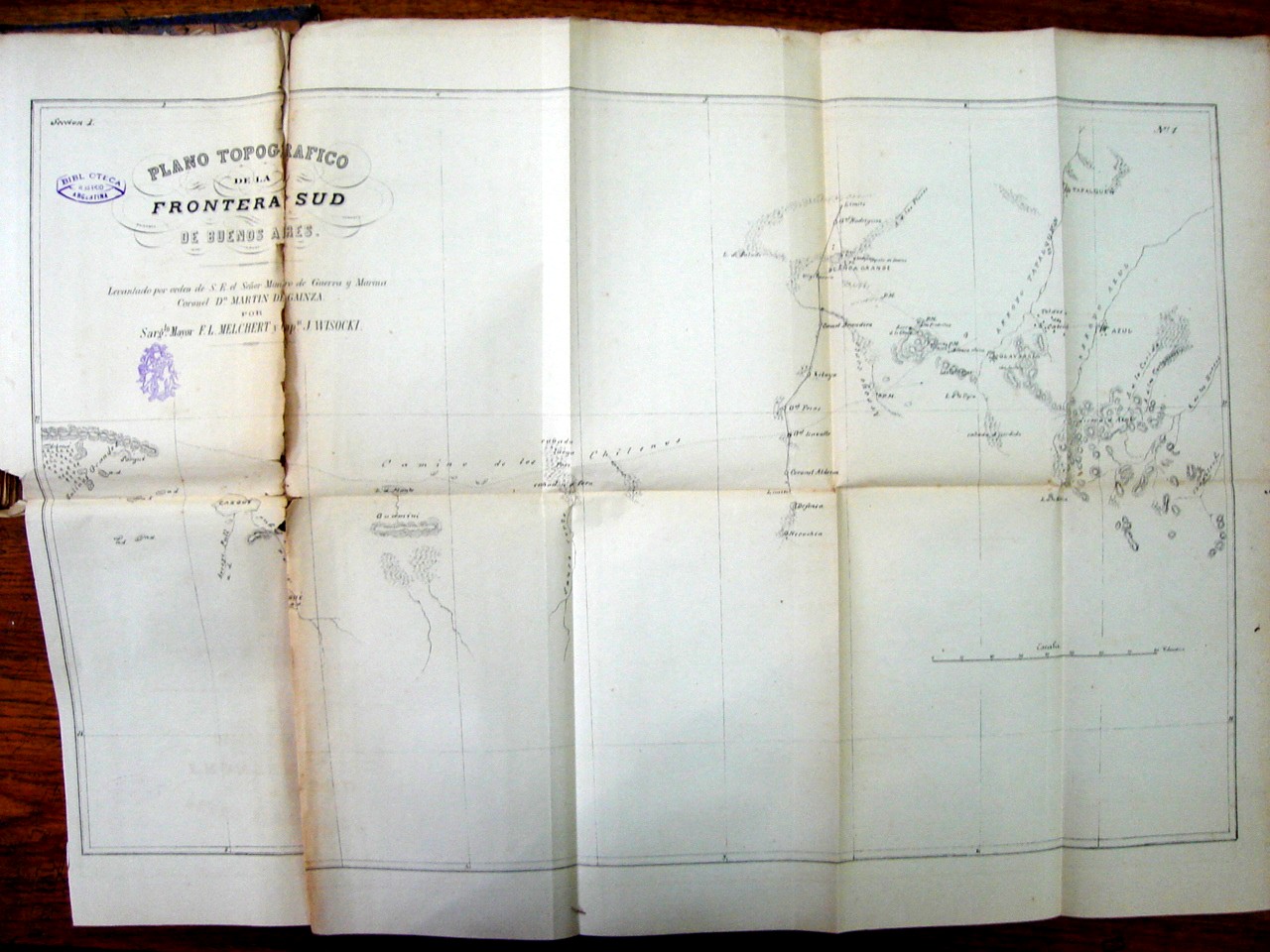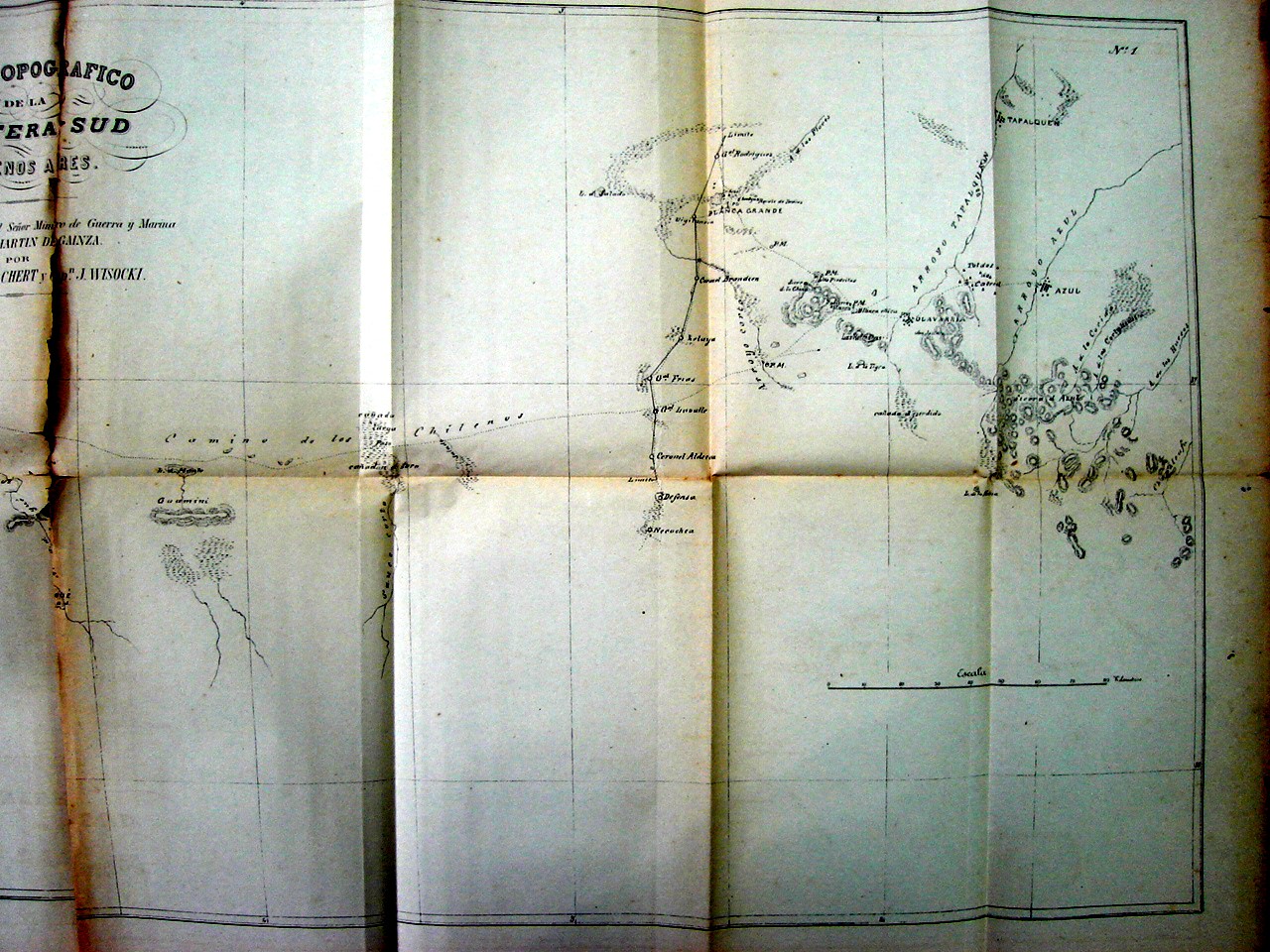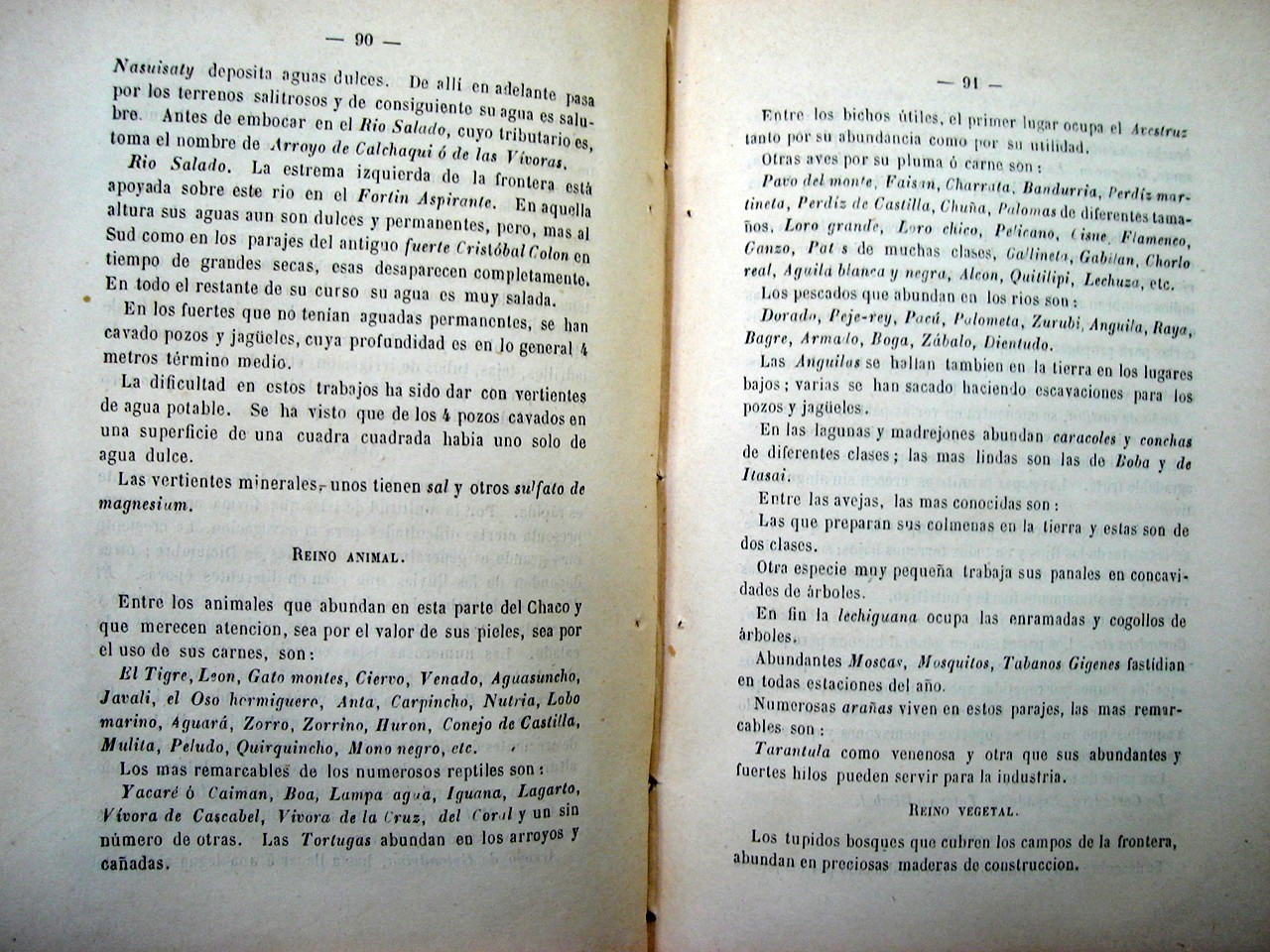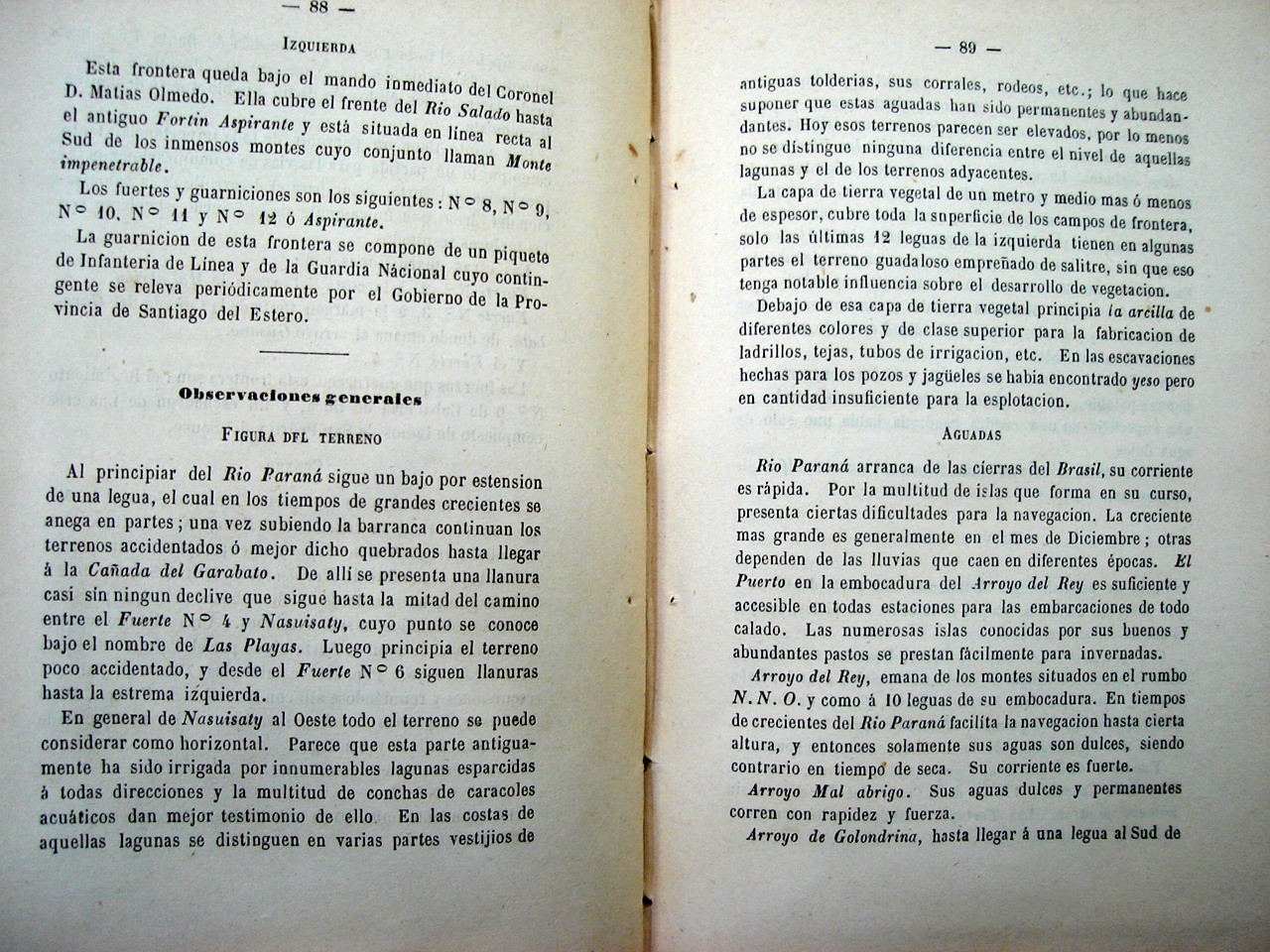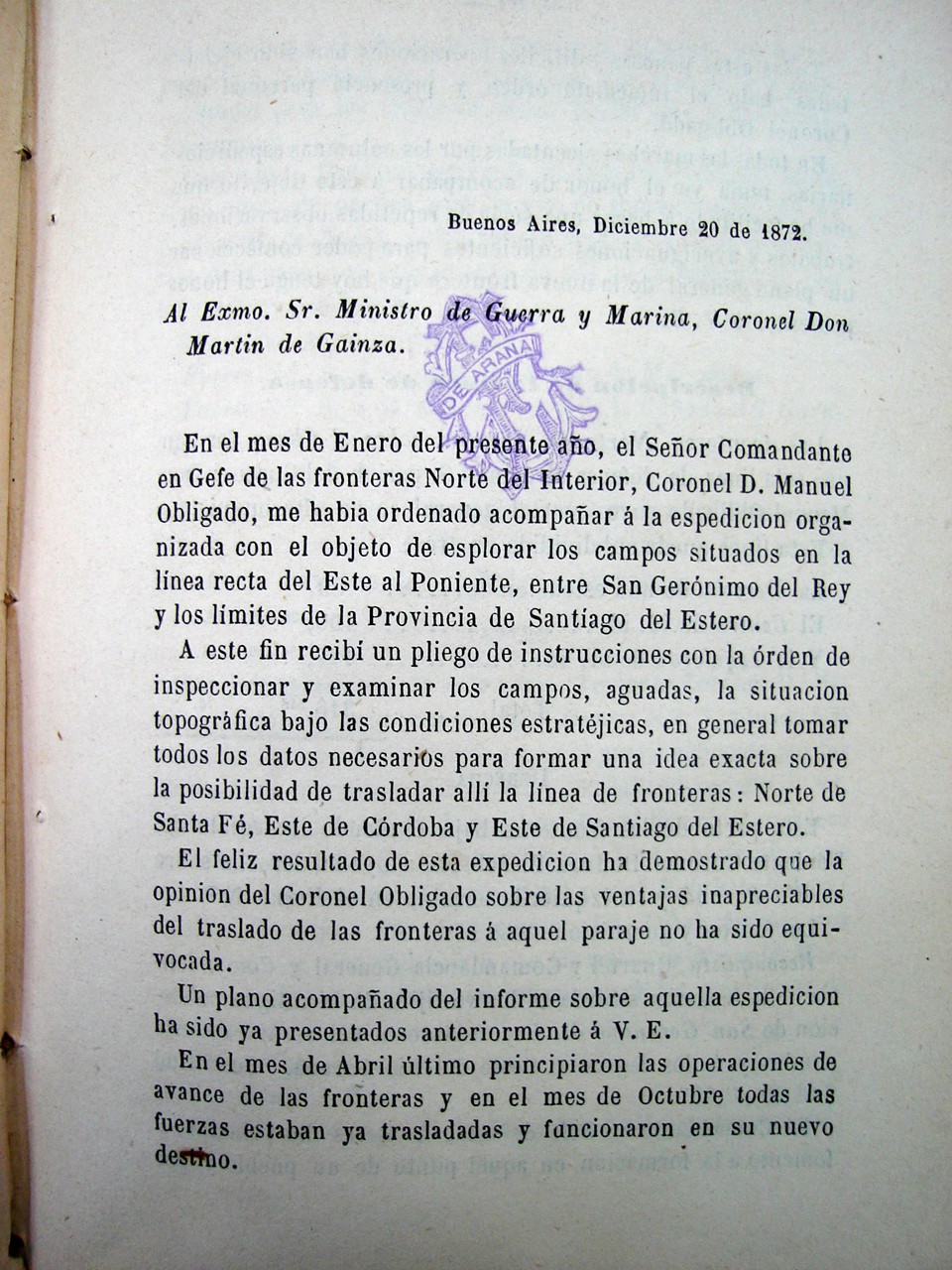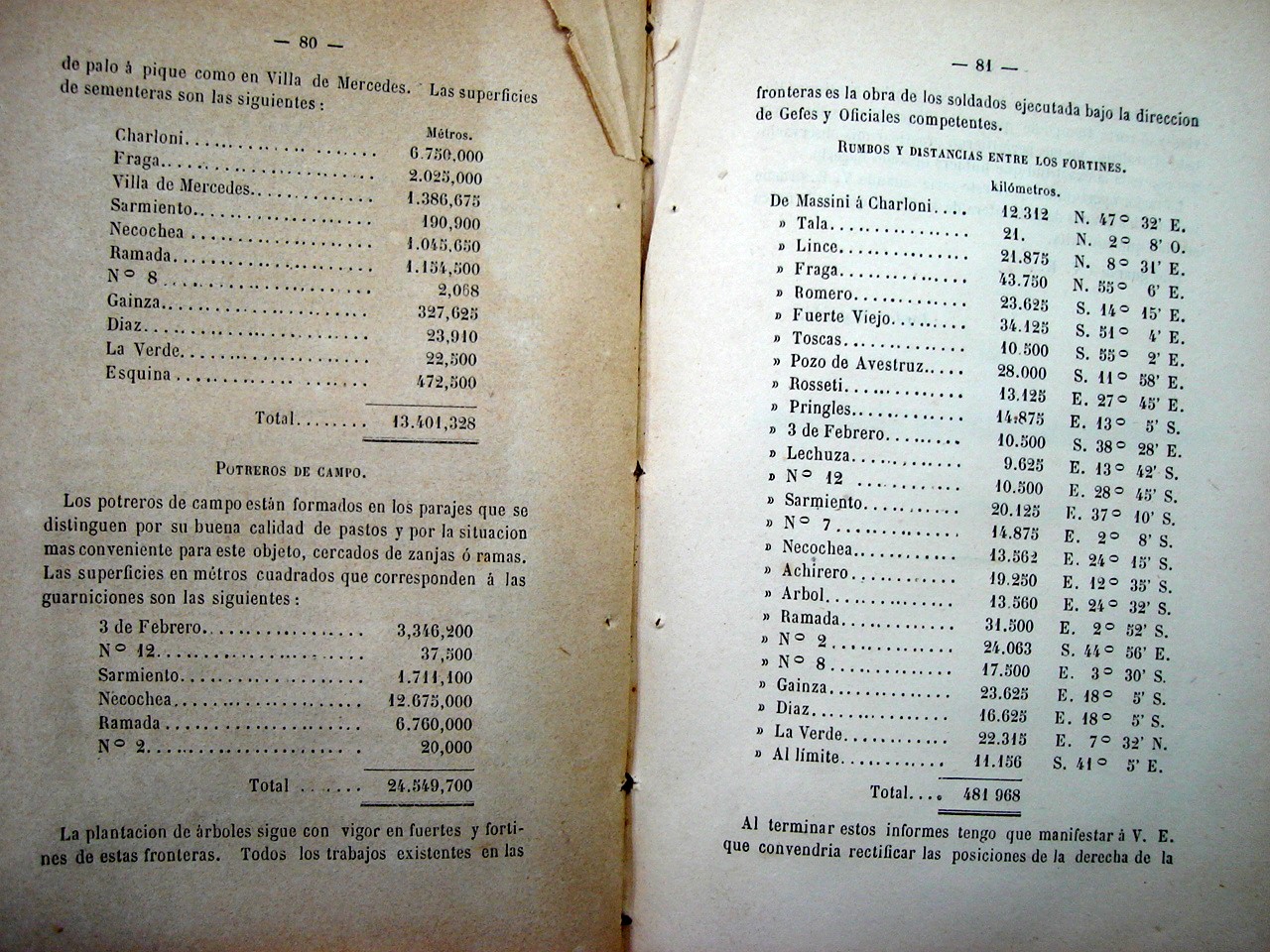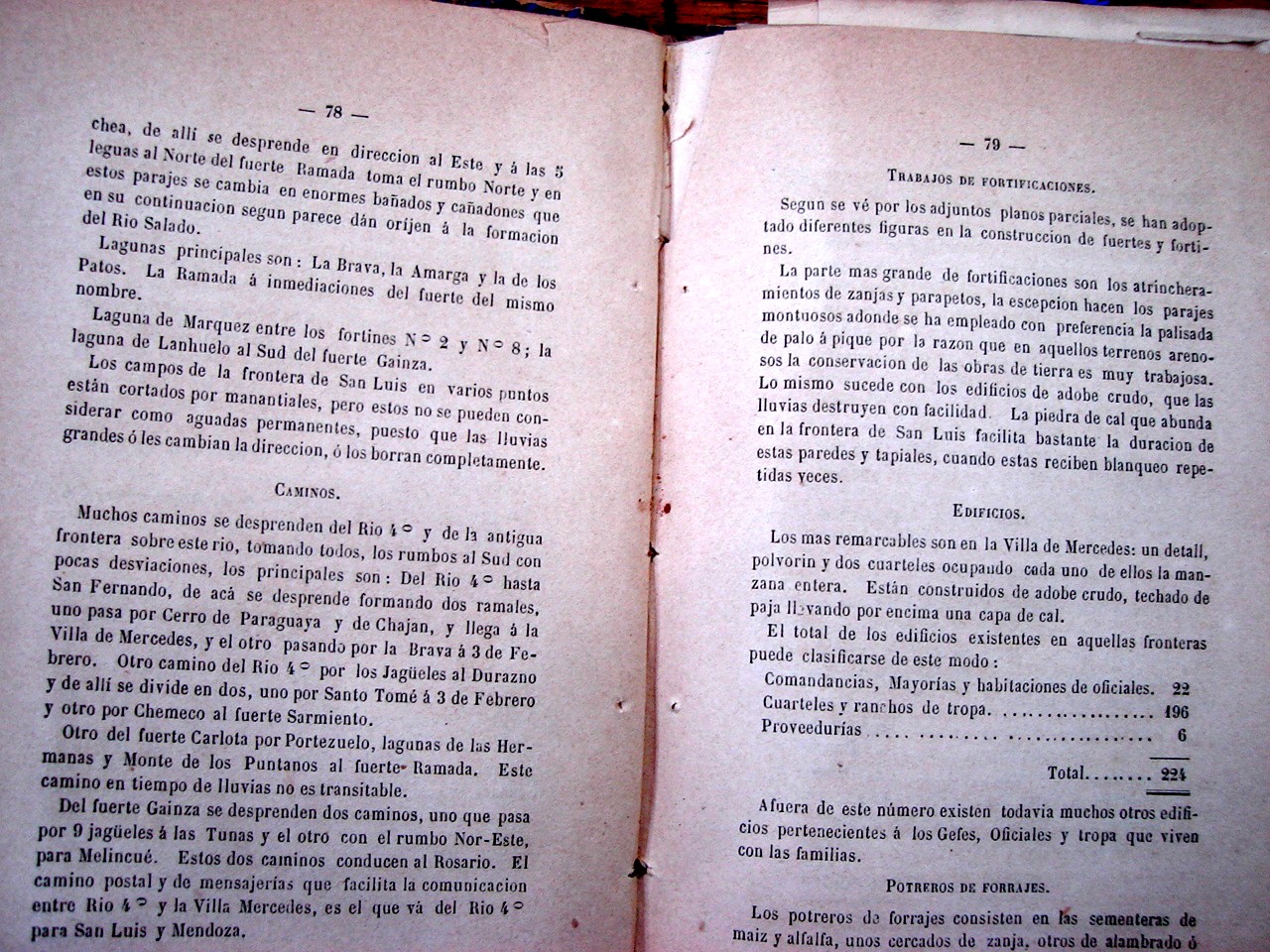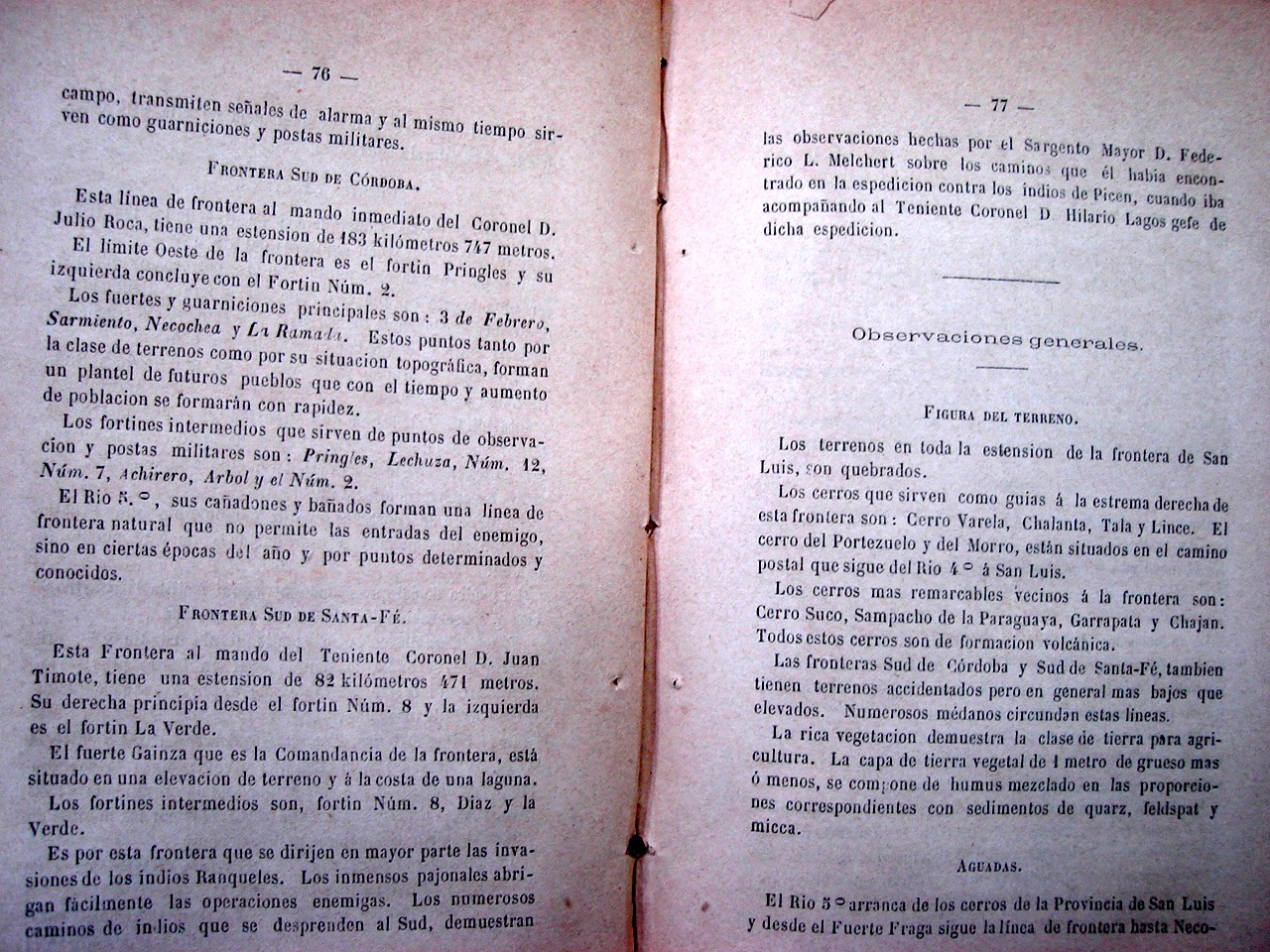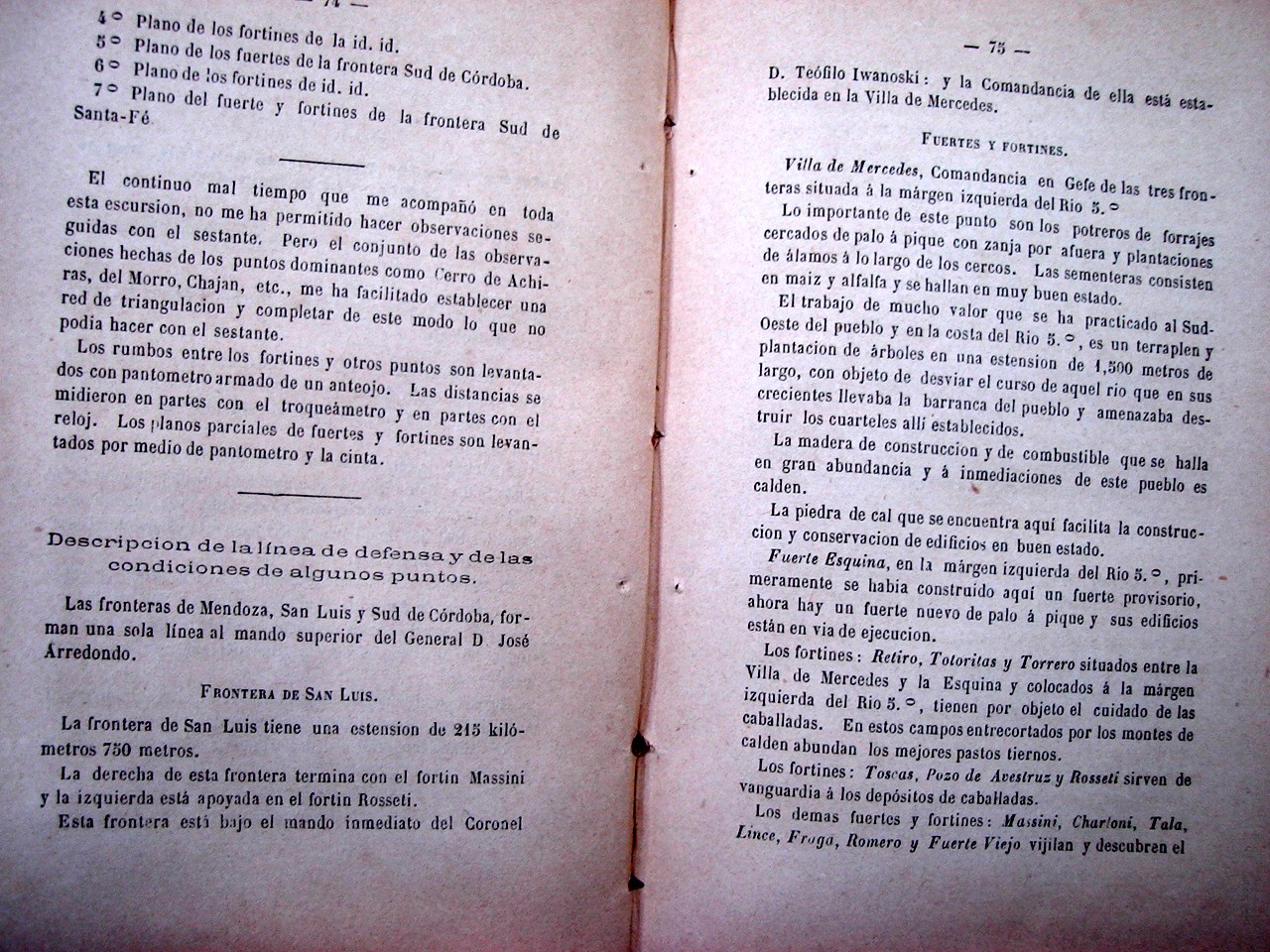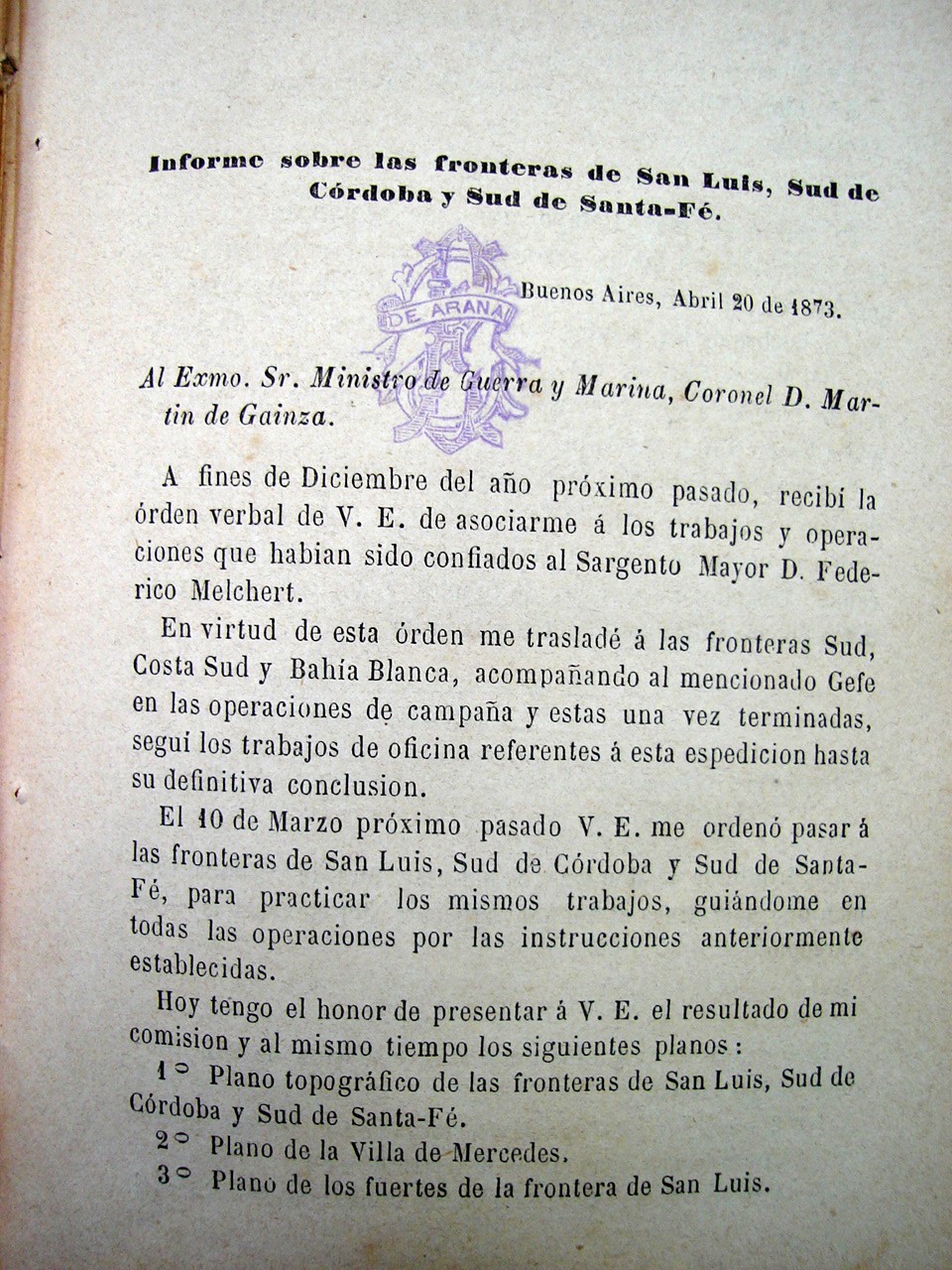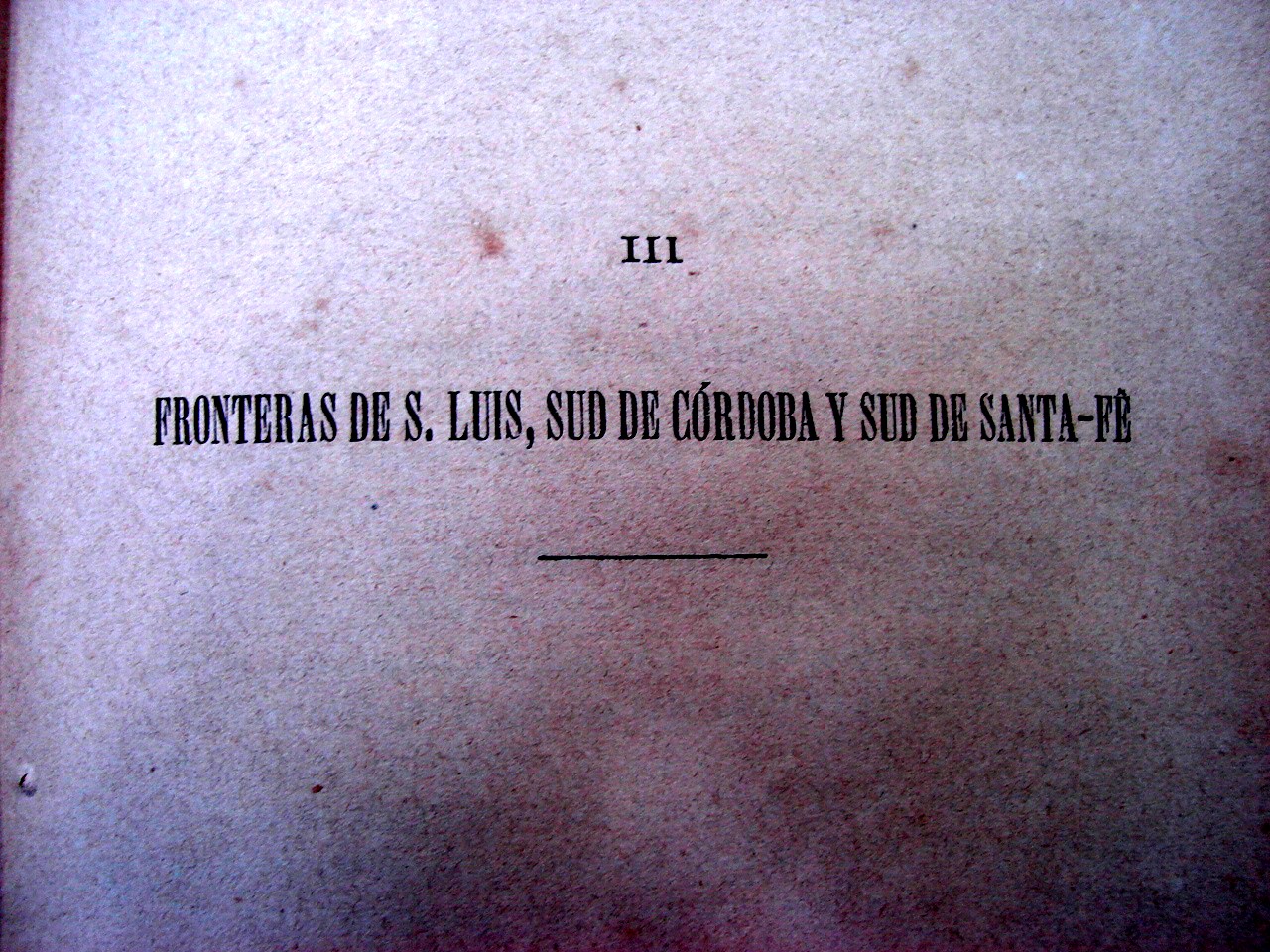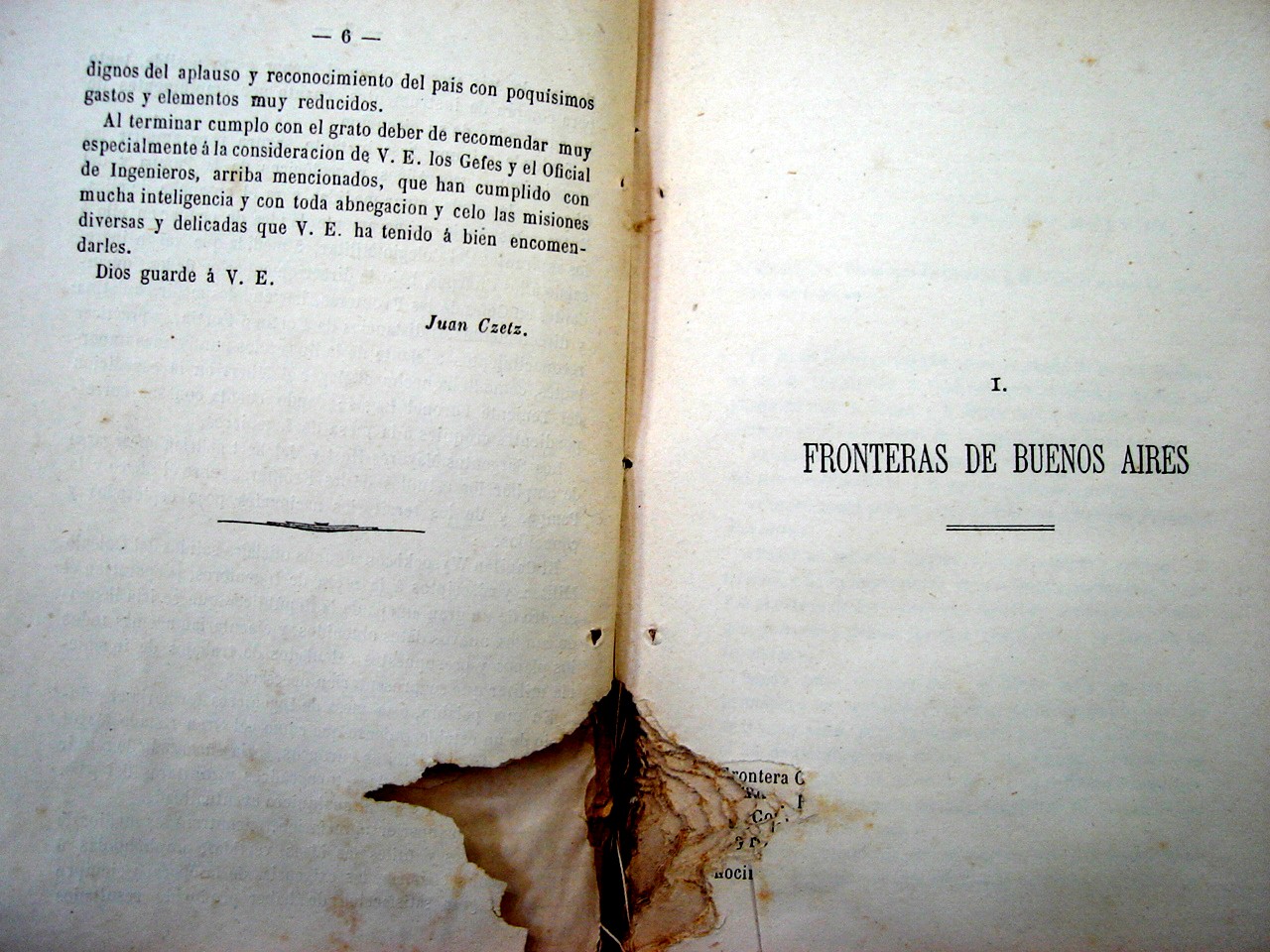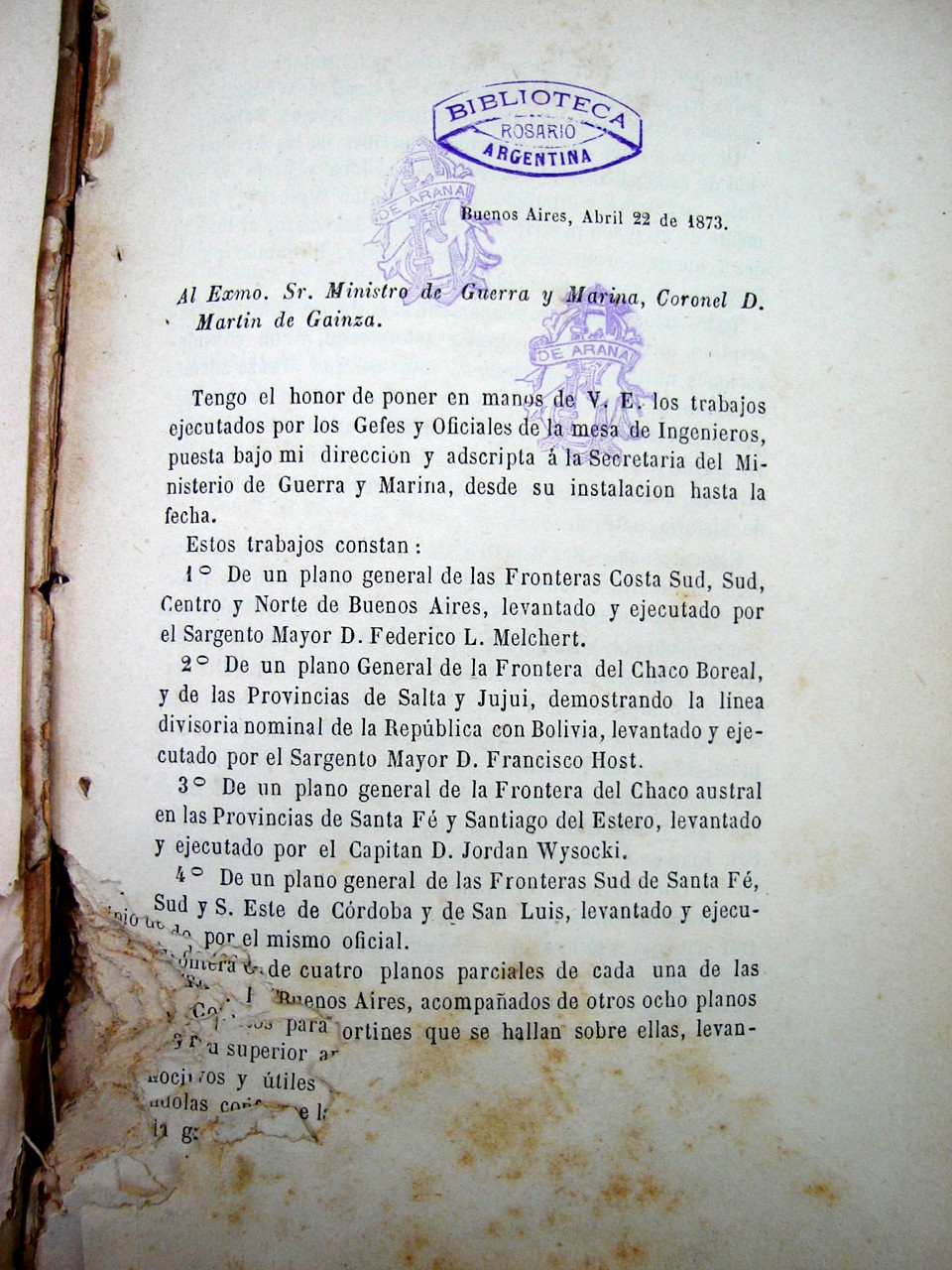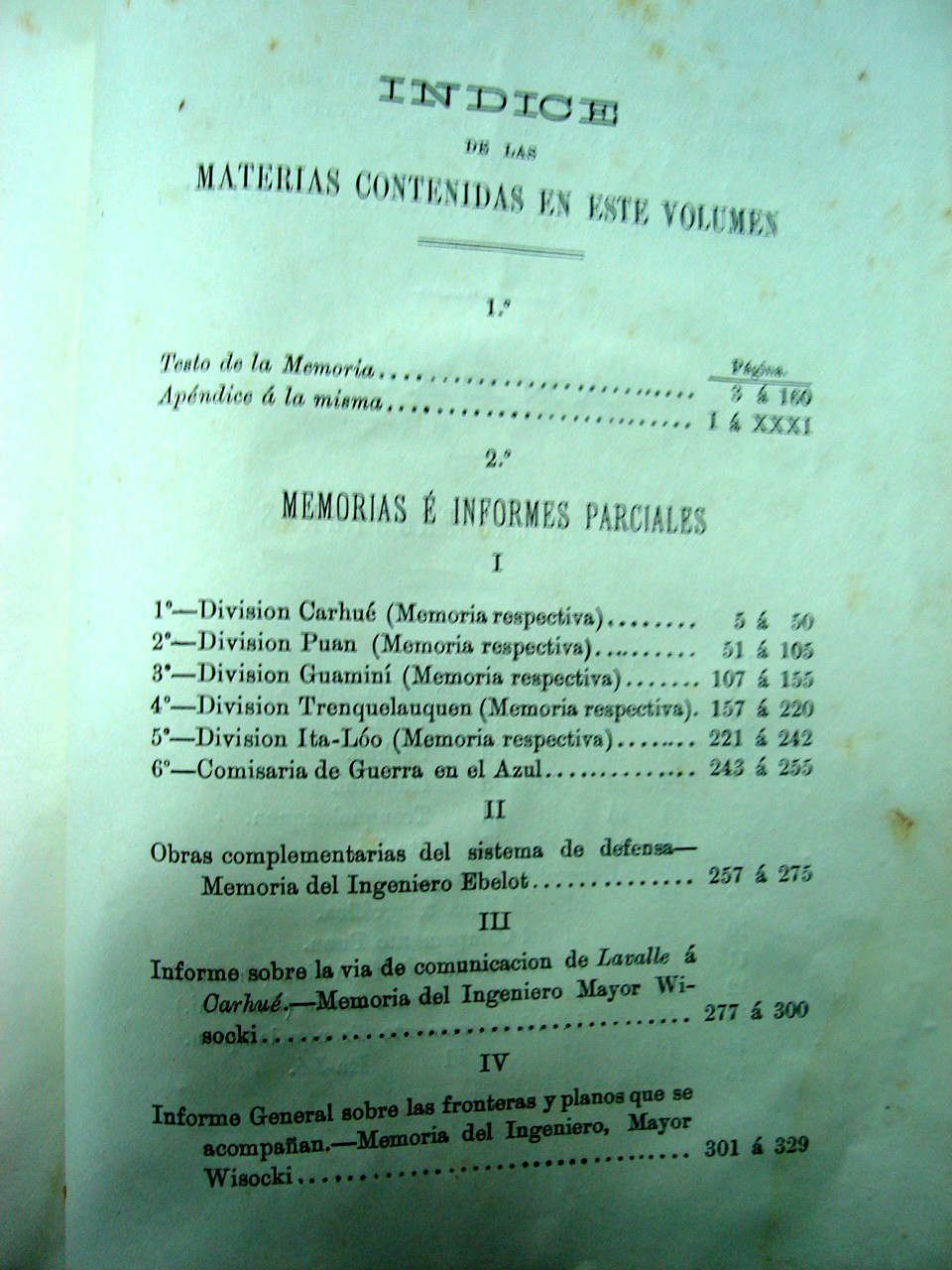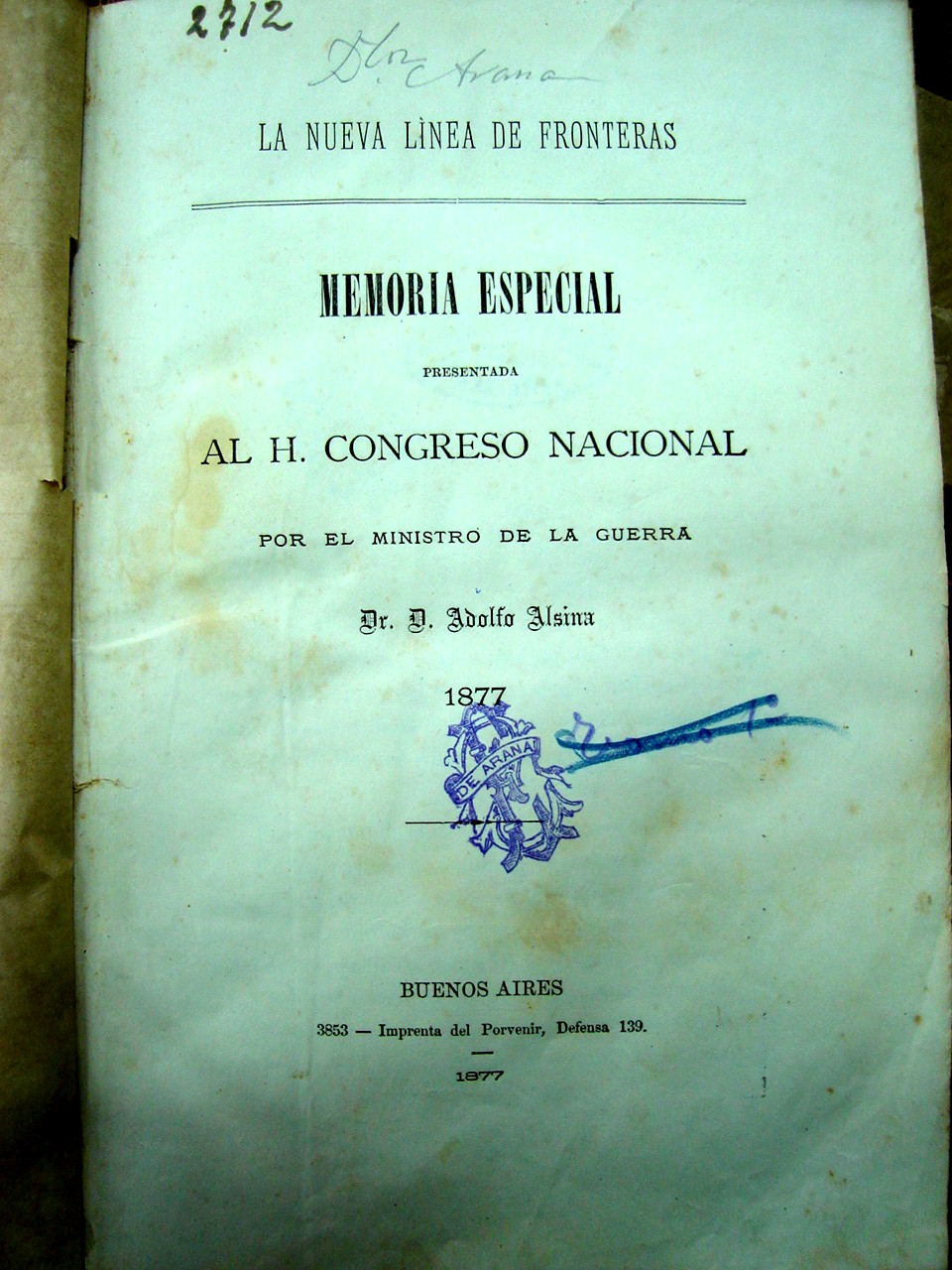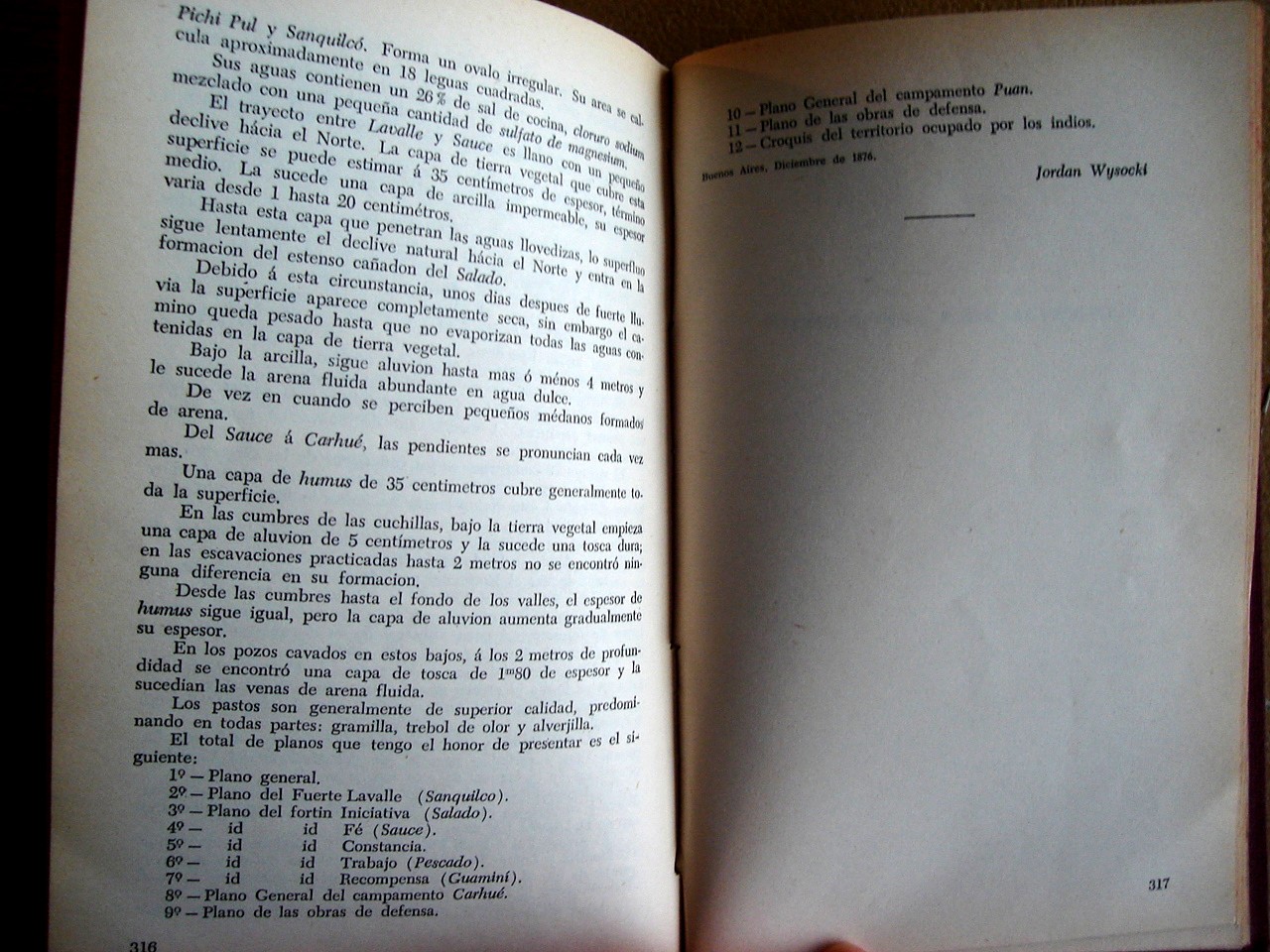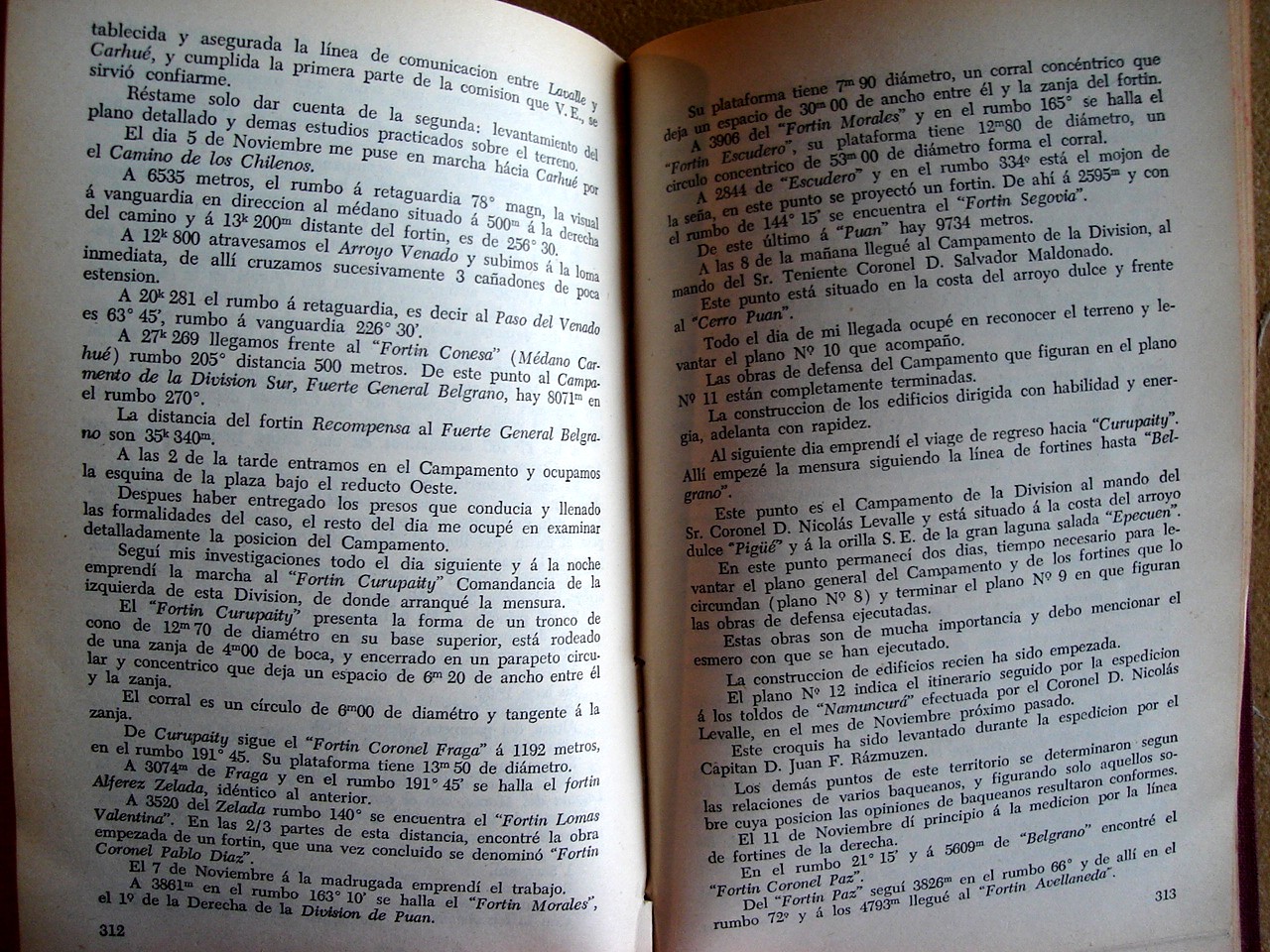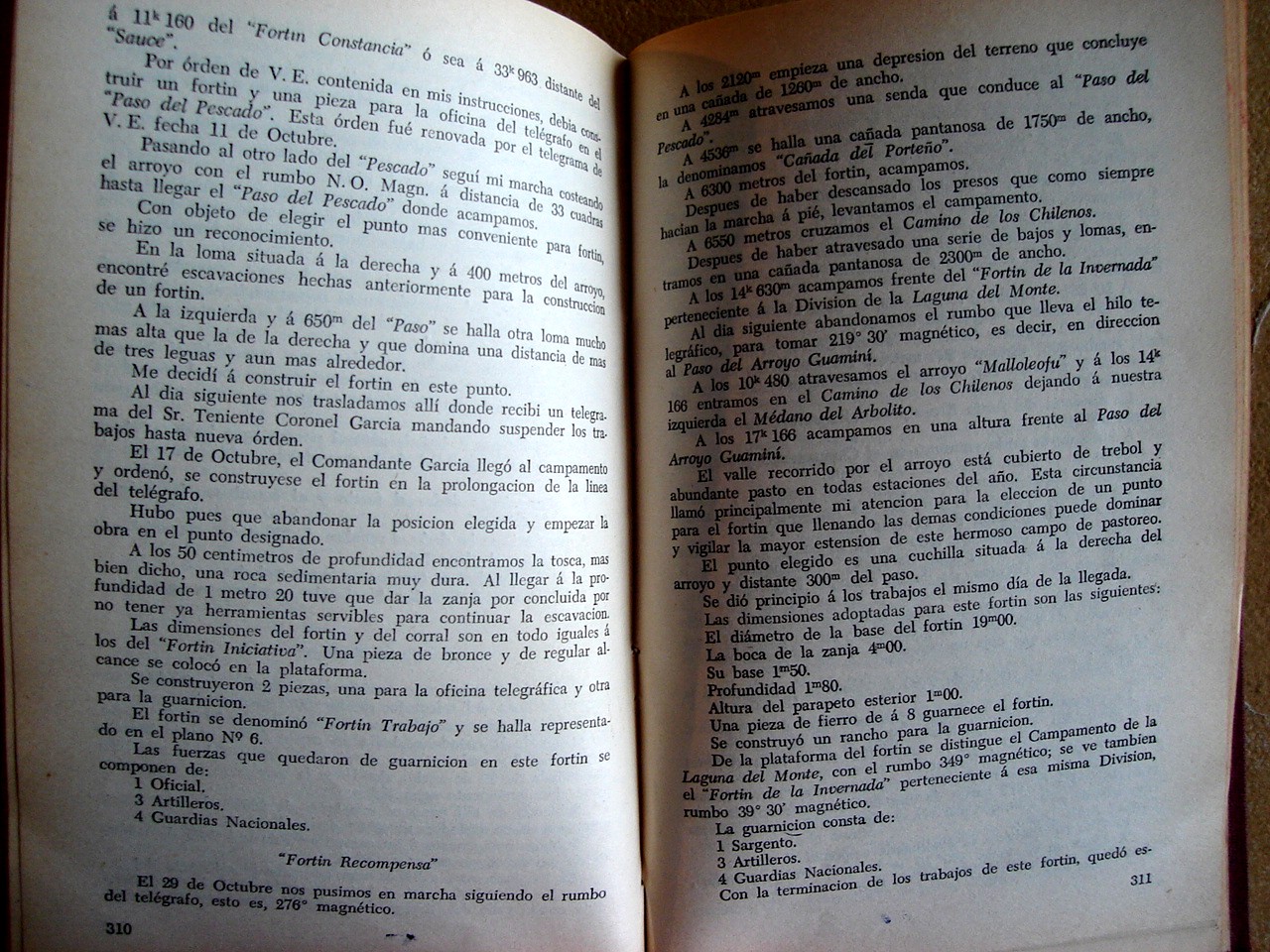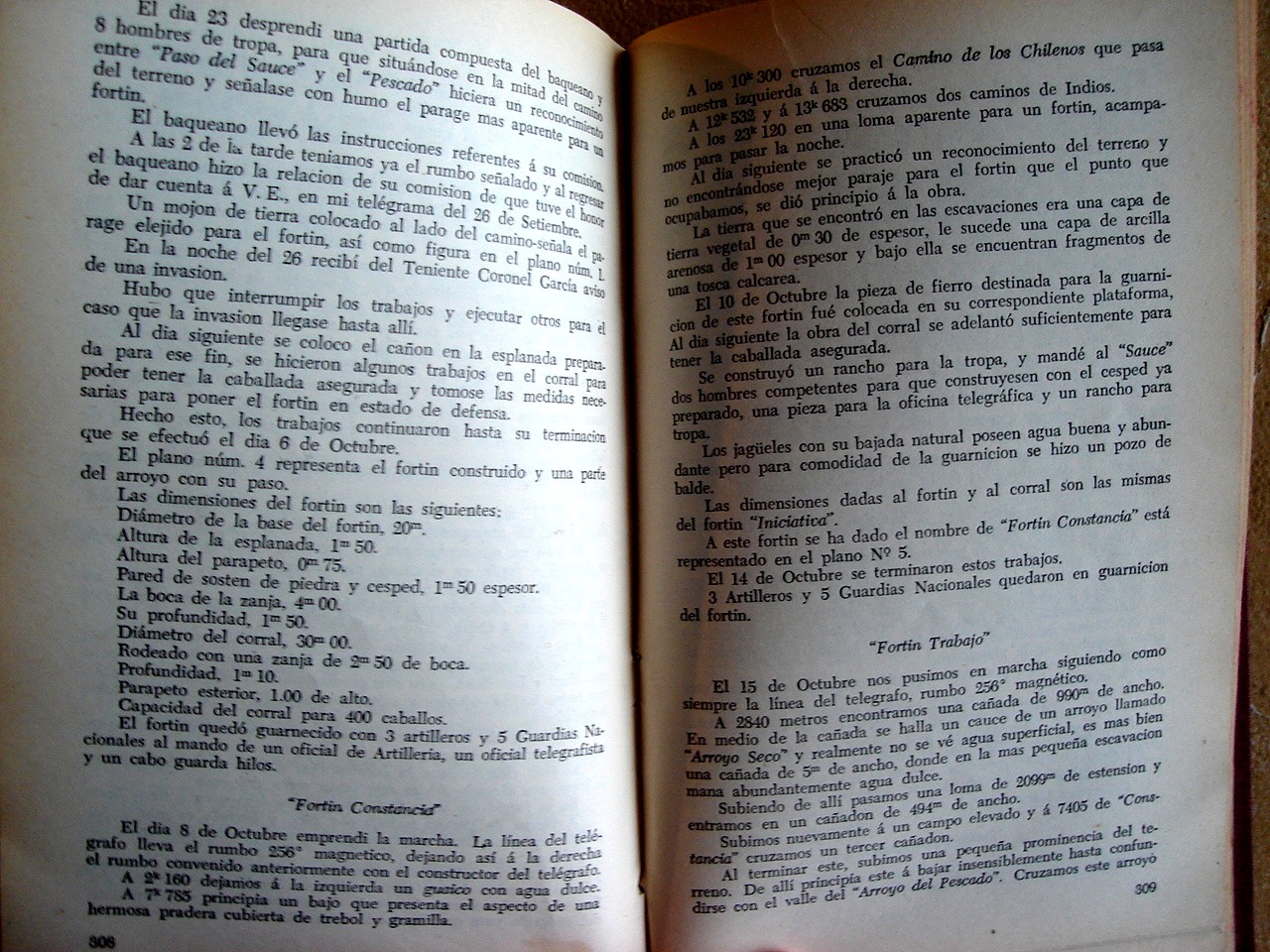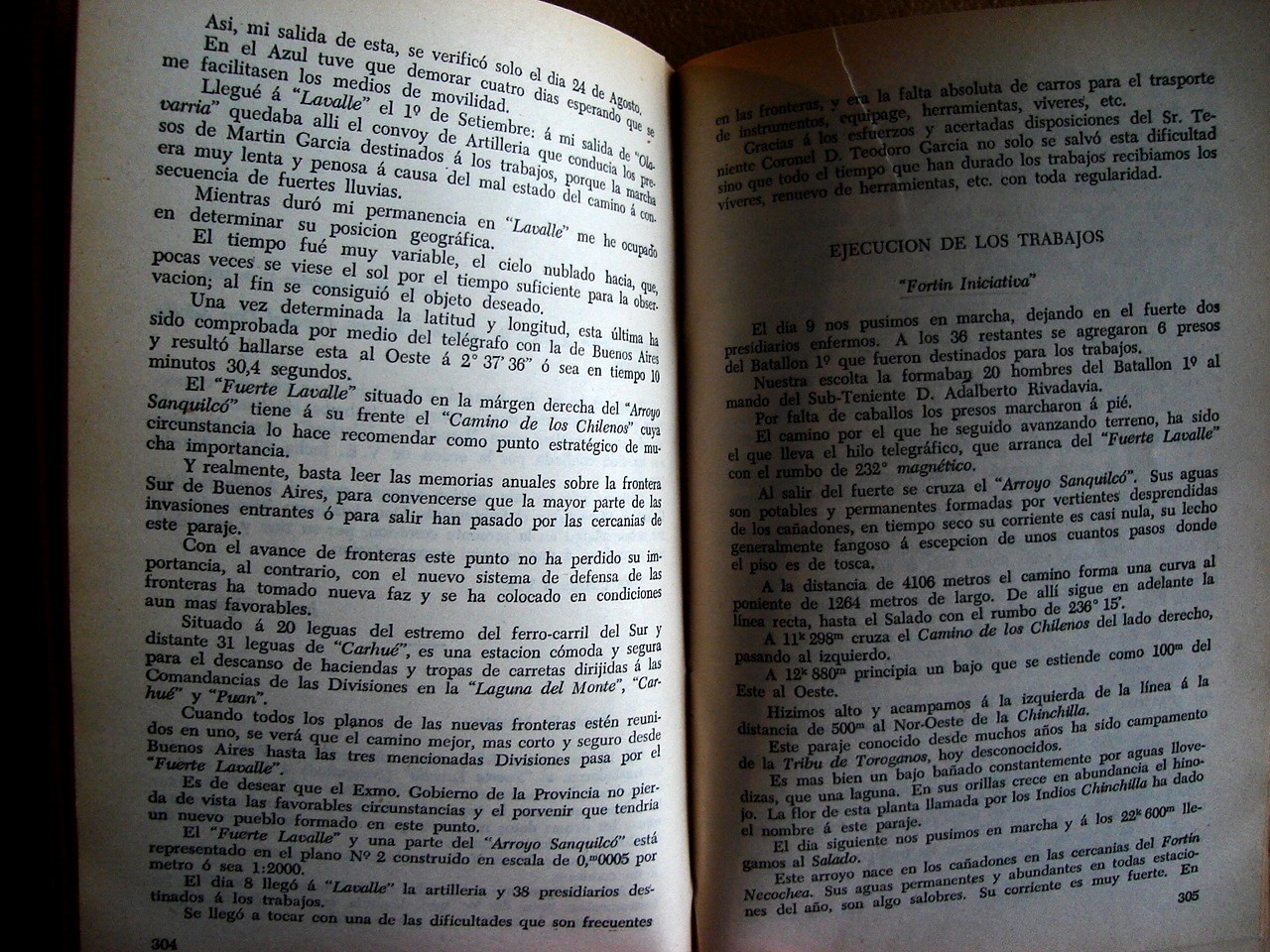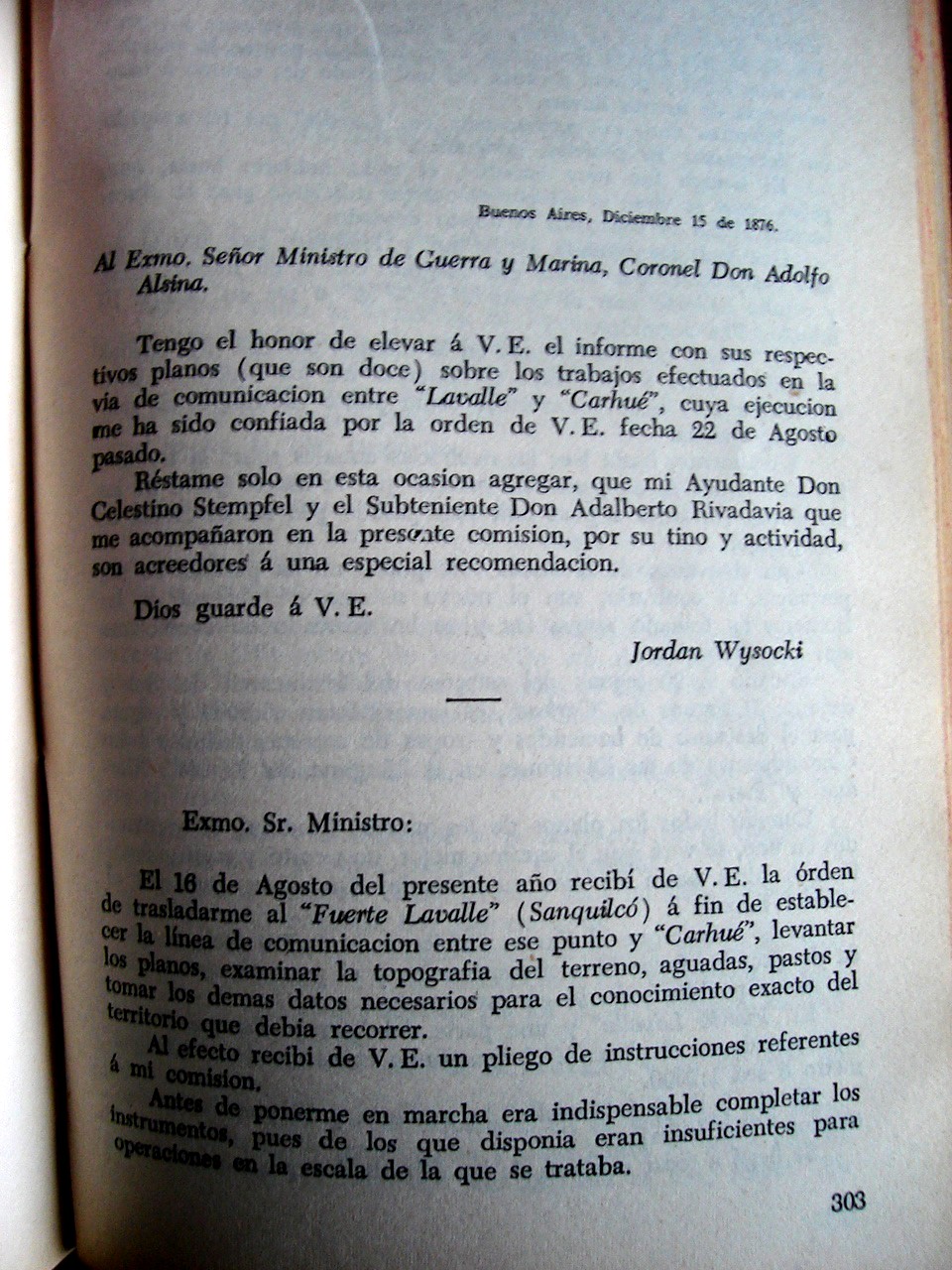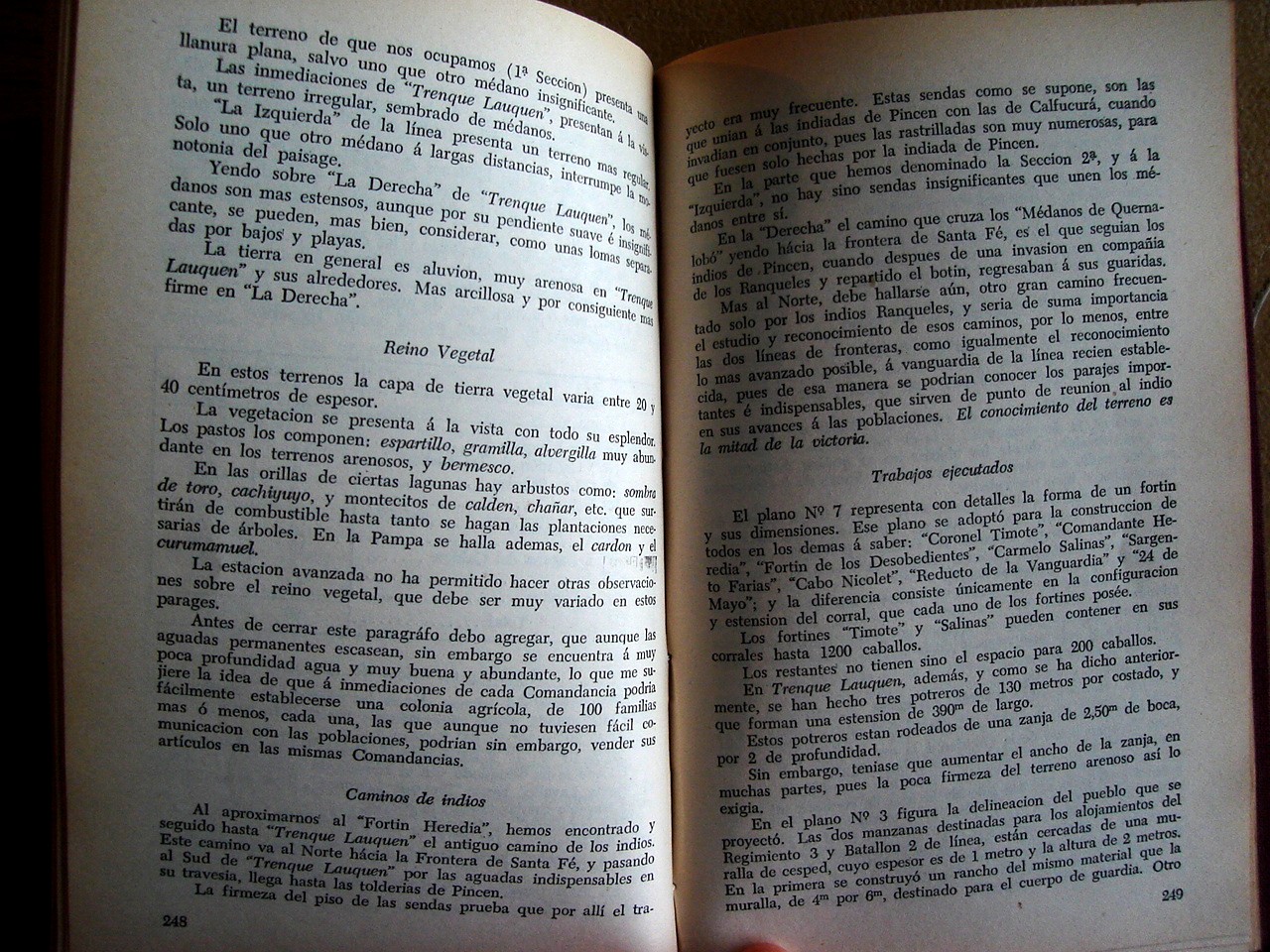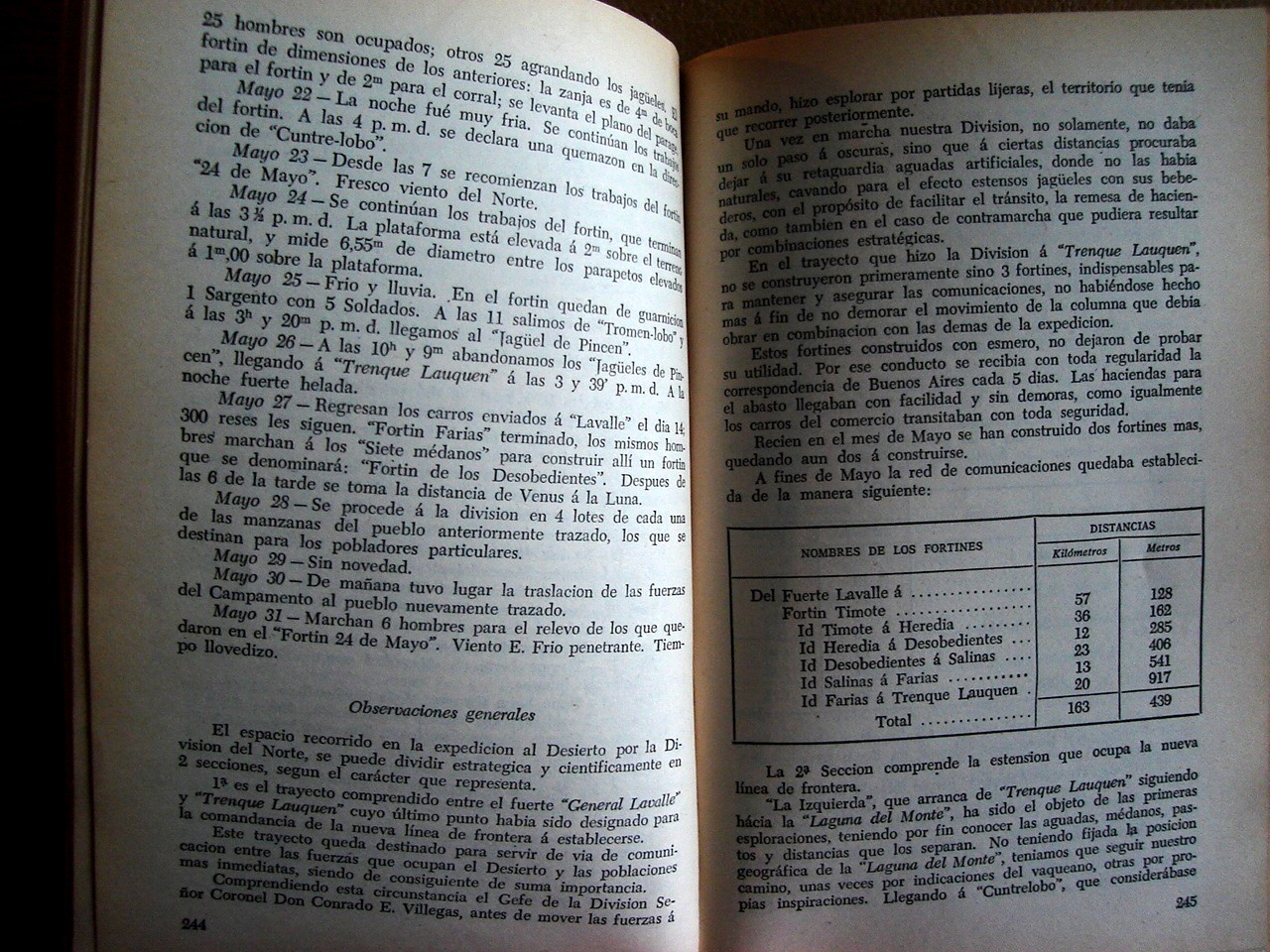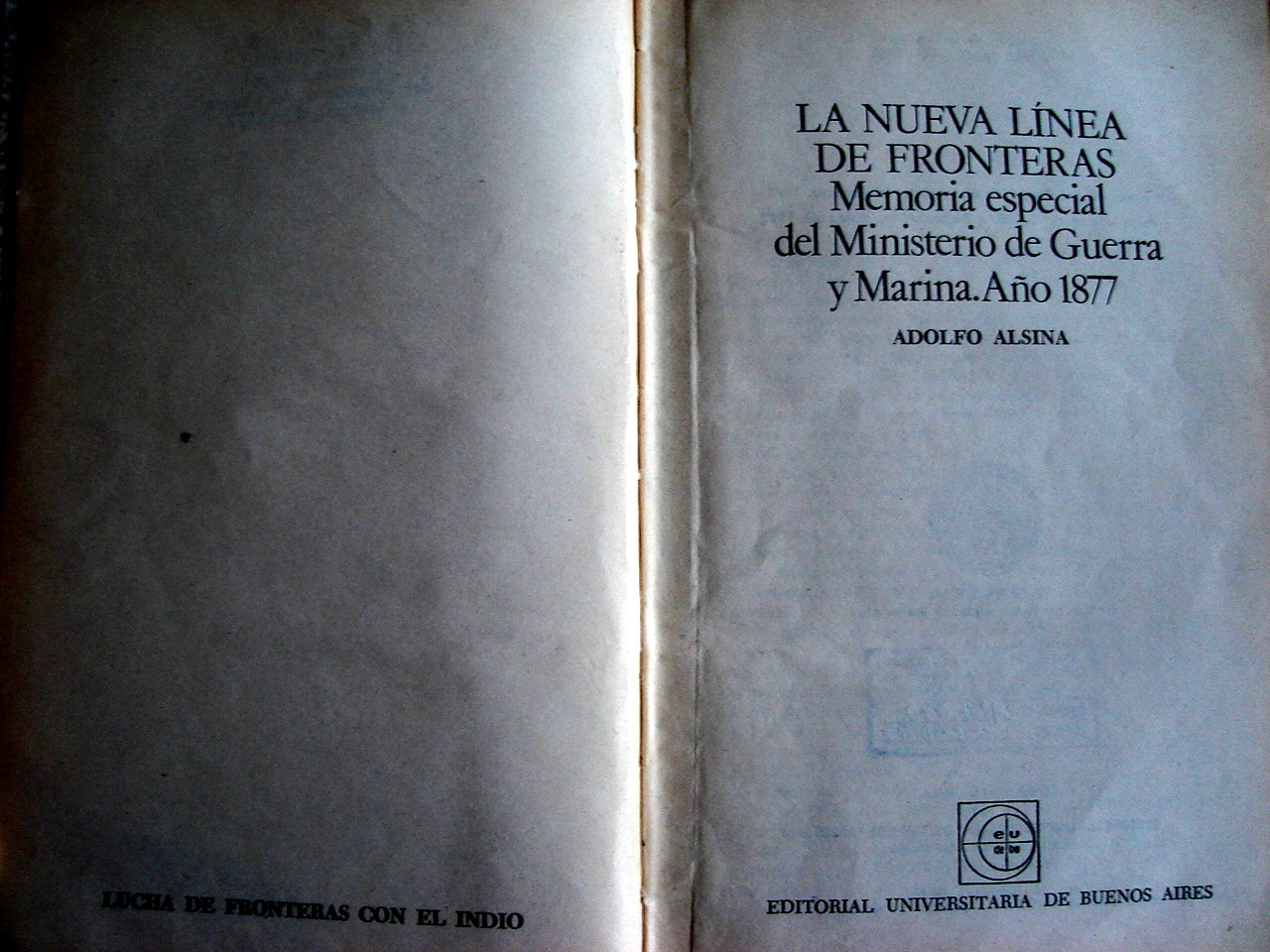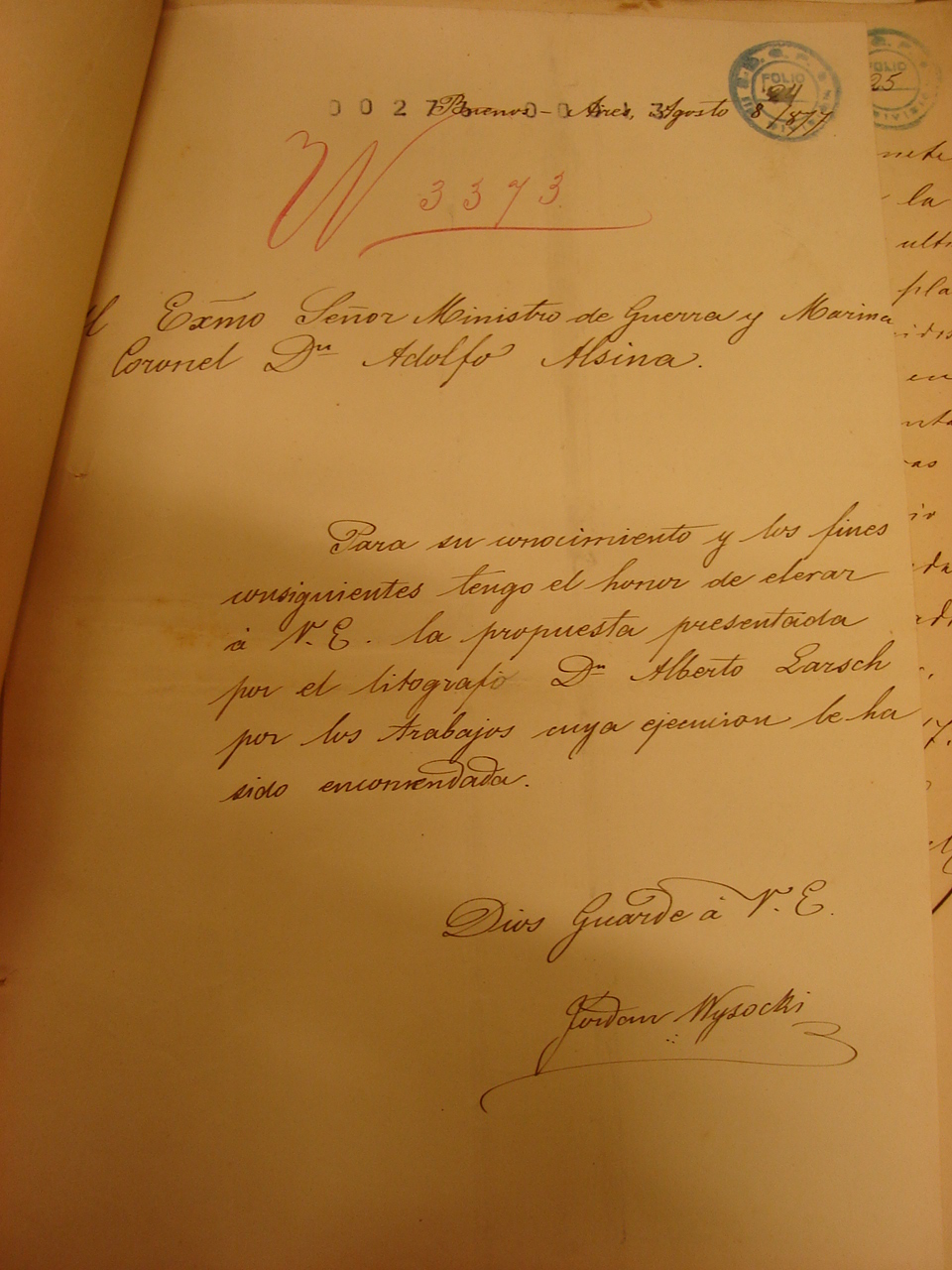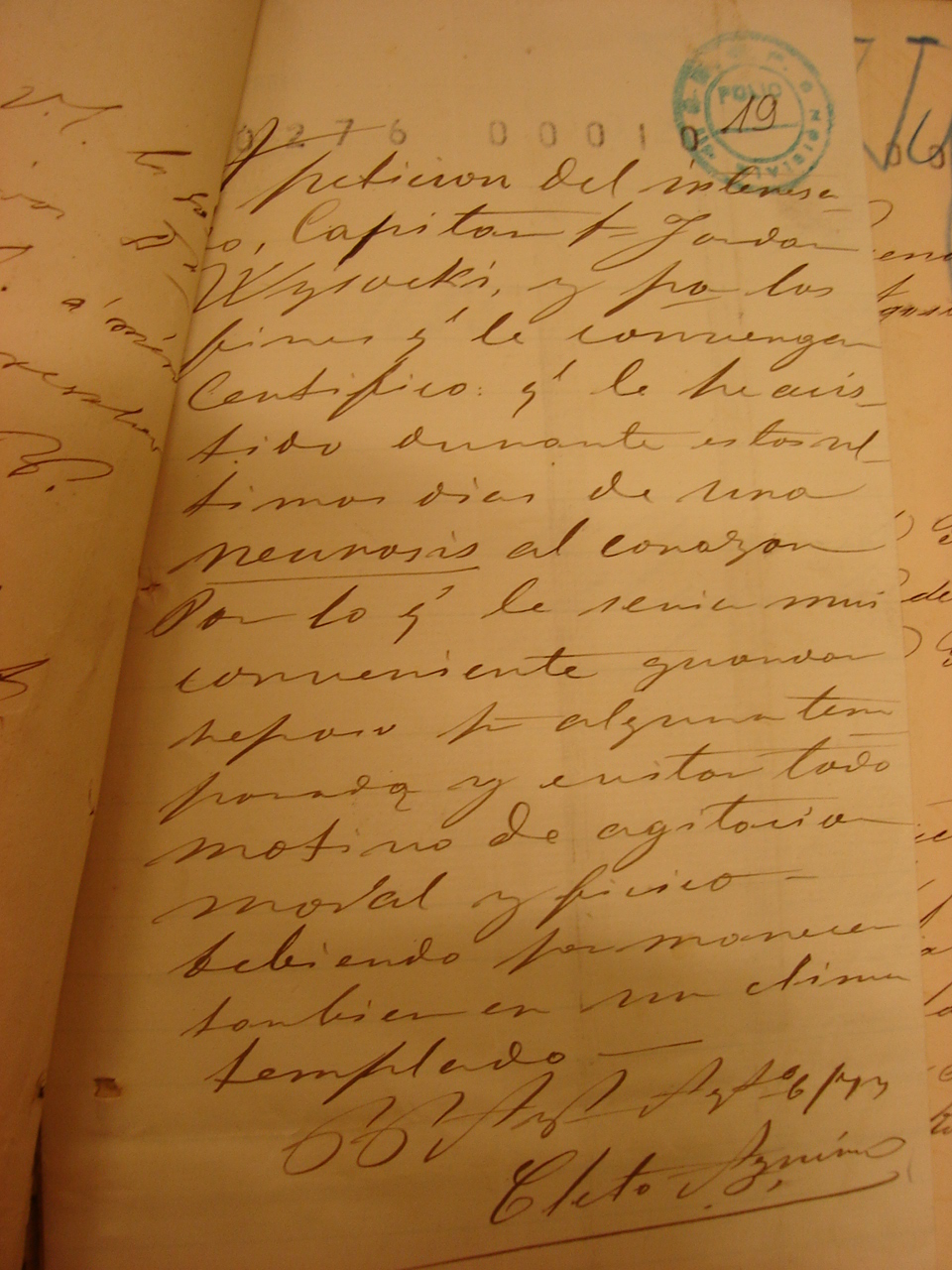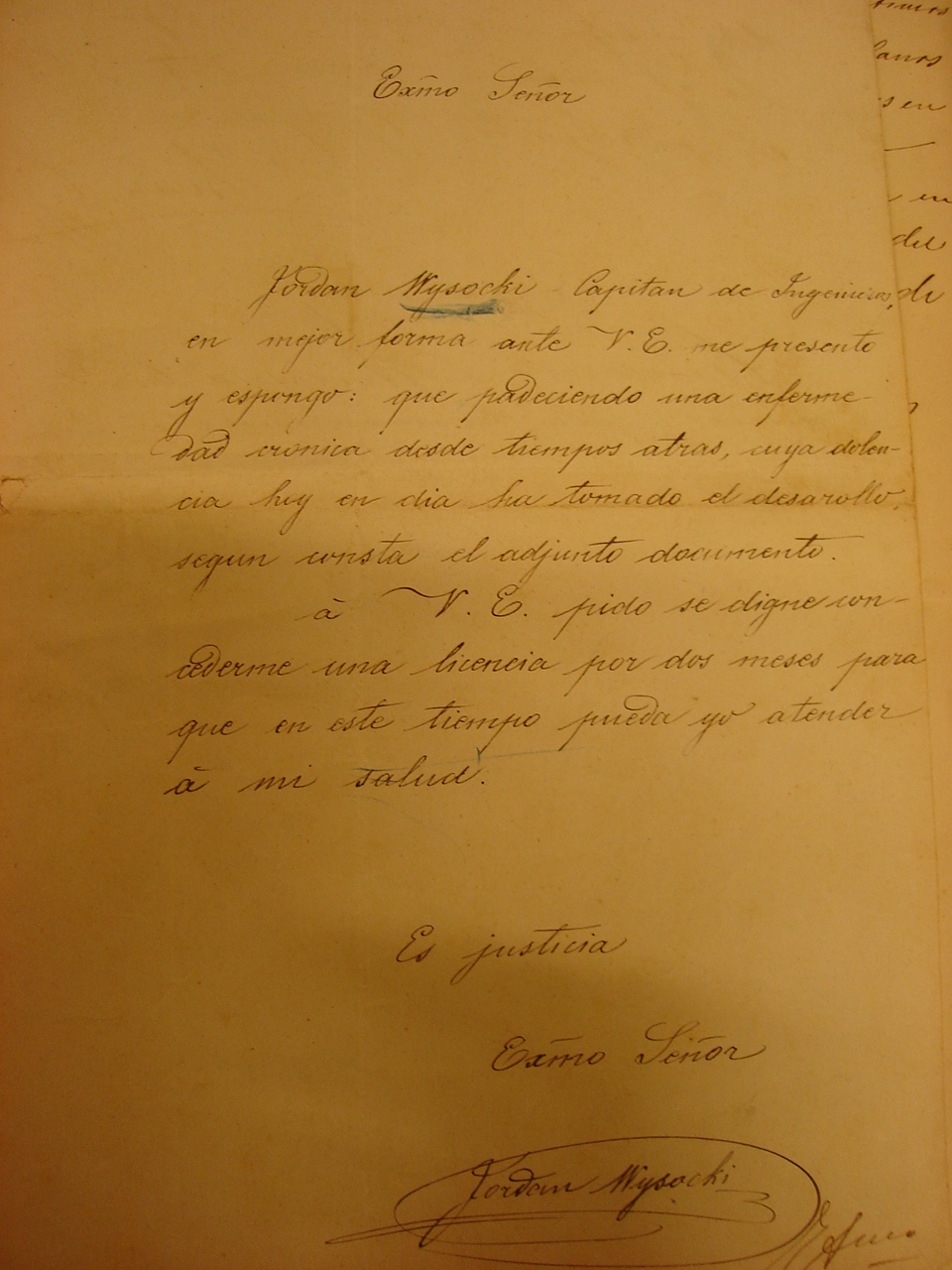Kunow homeland, history of the Polish family Wysocki, and Jordan Wysocki – from Argentina received Souvenirs…
Kunów on the Kamienna River Poland, history of the Polish family and from Argentina received Souvenirs…
My name is Tadeusz Wysocki, called Max by my friends.
Here is a story of my immediate family that I would like to share with my relatives and others, asking for help in finding the family nest of the family from the 18th century:
# My father, Jan Wysocki, also called Marian in his youth, was born on September 7, 1916 in Kunów, a small and historically very old town in central Poland near Ostrowiec Świętokrzyski and Kielce, listed as a city from the 14th century. My father was the only child of Józef Wysocki, who came from this Kunów, from a multi-generation family of artists of stonemasons from Kunów, and his wife Józefa Tomasik. As a young man, Tata Jan Wysocki fought in the Second World War as a partisan and officer of the Peasants’ Battalions associated with the Home Army groups – he wore the guerrilla nicknames “Łoś” and “Step”, he happily survived the war many times and received many military and civil decorations after the war, including the main military decoration in Poland – Virtuti Militari.
In 1938, my father married my mother in Kunów – Halina Wysocka née Słotwińska, sv Myszkowska, born on April 22, 1920 in Kunów of parents – Wiktor Słotwiński and Janina Słotwińska née Myszkowska. In this town of Kunów, their first two children who did not survive World War II were born: Józek – Józef Wysocki, b. in 1939, he died in 1945, together with several local children, from an explosion of a pomegranate found by children in the forest, and Elżunia – Elżbieta Wysocka, b. in 1942, who died as a 10-month-old baby.
Two children of Jan and Halina Wysocki born later (Dad and his family left for 2 years in the Pomeranian region) – in 1946 into the world, in the town of Karolówka in Pomerania near Koszalin – parish Rymań, my birth sister Barbara, now living in Paris under the name of Barbara Wysocka – Leguay (artist, singer, former soloist of the Warsaw Operetta); I was born in my parents’ apartment in Koszalin (Zwycięstwa Street, opposite the church, the view of which I remember through the window onto the street as a little toddler) on an unrecorded and unremembered day of birth at the end of December 1949 and recorded in the official documents of the city of Koszalin as 01/01/1950. After a year, the family returned from Koszalin back to Warsaw. After the divorce from Halina, from the second marriage of Dad Jan Wysocki – with Maria Oleszczuk two daughters were born to Dad Jan, our half-sisters: Małgorzata Wysocka – Kobylińska b. in 1956 in Warsaw, and Anna Wysocka – Seroczyńska born on in 1958 in Warsaw. Jan’s best friend from Kunów, who also lived in Warsaw, was Marian Strużycki. Father Jan Wysocki passed away a few years ago, he is buried in the cemetery in Warsaw on the Avenue of Merit for the Fight for the Independence of Poland.
Men’s line of direct ancestors (I’m working on an equally important women’s line):
## My grandfather, Józef Wysocki, son of Ignacy Wysocki, entered in the parish books of Kunów, with the entry of the birth and baptism of his son Ignacy, given as – “Having a stonecutter from Kunów”, 39, was born in Kunów on January 14, 1849 at 8.00 am, from father Ignacy Wysocki (29) and mother Franciszka Mirecka (27), and the witnesses of the baptism of Grandfather Józef were family friends Jakub Szafrański ( 30) and Paweł Szurek (30), named the Townsmen from Kunów, the godparents were family friends Józef Brzęczkowski and Antonina Styczkowska / Steczkowska / Szyszkowska (?), The birth / baptism certificate of Józef Wysocki was signed by Father Jan Dąbrowski, parish priest. Grandfather Józef’s first and only child – son of Marceli Wysocki, born on in 1903 and died as a 3-month-old infant, wife of Grandfather Elizabeth pv Kępińska also died in 1914. 1914. Having no male heir, Grandfather Józef decided to remarry at the age of 66, in 1915, with 18-year-old Józefa Tomasik from Kunów, and luckily their only child – their son was born in 1916. It was my father, Jan Wysocki. Grandfather Józef Wysocki, wishing to honor the memory of his equally beloved first wife, Elżbieta, erected a stone monument in Kunów in memory of her, which stands there to this day.
Józef Wysocki’s brother was Julian Wysocki, who had two sons: Jan Wysocki, b. in 1888, and Władysław Wysocki born in in 1890. 1890. Władysław fought for Poland’s independence after World War I in Piłsudski’s legions, he died on the battlefield in 1920.
The stone works of grandfather Józef Wysocki and his brother Julian Wysocki from Kunów are mentioned in encyclopedias – it is confirmed that they were exported abroad, and their stonework adorned, among others, the famous Kierbedź Bridge in Warsaw, unfortunately destroyed during World War II.
Uncle Julian Wysocki said goodbye to this world in 1905 at the railway station in St. Petersburg – he was assaulted and murdered, robbed of a large amount of rubles, when he returned home in Kunów after another transaction of delivery of stone sculptures to recipients in Tsarist Russia, made by a stonemason worker in Kunów by himself and his brother Józef, my grandfather.
### My great-grandfather, Ignacy Wysocki, son of Marcin Wysocki, recorded in the birth / baptism certificate of his son Ignacy in the Kunów parish, as the father of “Kamieniarz z Kunów”, was born on January 29, 1820 at 5.00 p.m. in Kunów in the house number 124 of Marcin Wysocki’s father (39), given as “Citizen of the City of Kunów”, and from the mother of Anna Wysocka from the Żyglicki family (30), and the baptism witnesses were friends of the family Józef Łęcki (40, “Mayster of the Kamieniarski Brotherhood in Kunów”), and Stanisław Kaniewski ( aged 40, “Mayster of the Stonemason’s Brotherhood in Kunów”) – the parish baptism entry was signed by Father Jan Łępicki, “Parish priest of Kunów parish, who acts as a Civil Registry Officer”, and Marcin Wysocki, the father of the newborn child, signed the baptism entry. In 1845, great-grandfather Ignacy Wysocki married Franciszka Mirecka in the same parish church in Kunów.
—
The brother (cousin) of Ignacy Wysocki’s great-grandfather – Jordan Szczeslaw Wysocki, born in nearby lovated very old Polish town Pinczow in 1837 (and not in 1839 as given in encyclopedias!):
was a young Polish geographer, he was also a Polish patriot and military officer fighting in the January Uprising (1863-4) against Russia Empire, and after the defeat of the January Uprising he was, like many other Polish patriots, politically forced by the authorities of Tsarist Russia to leave the family country, and to emigrate – he left family home at Pinczow in 1864 to Paris, and then he finally settled in 1867 in Argentina under the Argentine surname of Jordan Wysocki, where he died in 1883 as an outstanding and merited citizen of Argentina, wellknown Argentinian cartographer, architect and military specialist, awarded with many medals of Argentina.
—
#### My great-great-grandfather Marcin Wysocki, son of Kazimierz? Wysocki, was born in ……. (the family nest of the Wysocki family ………) around 1780. In 1809, great-great-grandfather Marcin Wysocki married Anna Siemieńska (widow of her husband Siemieński) nee Żyglicka, witnesses At the wedding, there were family friends Jan Kwoczyński and Szymon Cichosz. In the parish record of the wedding with Anna, great-great-grandfather Marcin Wysocki was listed as General – (Gnosus, Generosus, noble, noble?) Citizen of Kunów (unfortunately, no documents about the origin of Marcin Wysocki have survived, although the parish priest or chancellor of the Kunów parish was types of documents by Marcin had to be presented with this parish record of his marriage certificate).
##### My great-great-grandfather Kazimierz? Wysocki, son of …… .., born in ……., In the preserved oral family memory, he had his family and family nest from Wysock / Wysocko / Wola Wysocka / …….? (near Lviv?), where the Wysocki family had their family home and property before around 1805 – they probably owned a quarry or part of the quarry – sandstone? – because in this stone they specialized. After leaving the family nest, the Wysocki family finally settled in Kunów near Ostrowiec Świętokrzyski at the beginning of the 19th century, exactly where there were deposits of the famous Kunowski sandstone, i.e. to the place where other members of the Wysocki family lived. We know from family memory that Kazimierz? Wysocki and his entire Wysocki family were forced to leave the family nest in …………, after the confiscation of the family property and all titles by the tsarist Russian authorities as a punishment for the participation of family members, at the beginning of the 19th century, in the Napoleonic Campaign against Russia under the banner of France and Napoleon Bonaparte.
Unfortunately, all family documents were destroyed during World War II in a fire in the family house in Kunów.
The Wysocki family in Kunów was very numerous in the 19th century, because it was a tradition that local families had several children. In the records of the Wysocki families in the Kunów parish from the nineteenth century, I met the following people, friends of all Wysocki families in Kunów, members of the Wysocki families registered in the records as birth and baptism witnesses, or godparents, and witnesses of marriage entries of the Wysocki family members from Kunów, e.g:
# Record from 1870: Józef Fornalski 23, Wincenty Mirecki 28, Franciszka Cichosz 32, Anna Cichosz 32, Ignacy Pałkiewicz, Franciszka Żabińska
# Record from 1824: Wojciech Myszkowski, 50, Jan Siemiński / Siemieński (?), 63
# Record from 1867: Józef Cichosz, 30, Michał Rakoszy – Rakoczy (?), 30, Antoni Kłosiński, Maryanna Rakoszna
# Record from 1869: Władysław Strużycki, 40, Józef Cichosz, 40, Antoni Dąbrowski
# Record from 1864: Antoni Nowasiński (?) 30 years old, Franciszek Markowski 30 years old, Franciszek Cichosz, Helena Mazanna (?)
# Record from 1862: Szymon Witkiewicz, 40, Ludwik Cichosz, Marianna Cichosz
# Record from 1859: Antoni Konarski, 40, Józef Galiński, 40, Antonina Lubczyńska, 20
# Record from 1859: Antoni Konarski, 40, Józef Galiński, 40, Antonina Lubczyńska, 20
# Record from 1838: Franciszek Dwojak, 36, Antoni Cichocki, 36, Wojciech Papkowski / Paczkowski / Paszkowski (?), Anna Aniemirska / Zniemirska (?)
# Record from 1835: Sebastian Grudziński, 40, Jan Stromiński / Stroimski (?), 36, Józef Łukawski, Ewa Pilutowska (?)
# Record from 1833: Antoni Cichocki, 34, Marianna Golasińska (?)
# Record from 1830: Wojciech Myszkowski, 65, Józef Slema / Ślema (?), 29
# Record from 1828: Wincenty Myszkowski, 39, Antoni Wiśniewski, 29, Marianna Kubicka
# Record from 1824: Jan Szlemy Slema / Ślema (?) Aged 29, Mateusz Szczurek aged 38
# Record from 1824: Jan Slemiński / Szlemiński / Ślemiński / Siemiński aged 63, Wojciech Myszkowski aged ~ 50
—
I would like to add, about the family nest of my Wysocki family: from family records, there is a trace of information that Kazimierz Wysocki came from the towns of Wysock, Wysocko, Wola Wysocka, Wysokie …………, where the Wysocki family owned a quarry or part of a quarry (sandstone ?), managing and exercising the traditional profession of masons for generations. Perhaps this information about the quarry, unverified by documents, will allow us to locate the Wysocki family nest from the end of the 18th century, their family church / parish and continue, with records and other records, further research on the family history. I would like to thank you in advance for all help in this location!
A note on Family Epigenetics for us in the family and next generations: the geographic location of family nests, local customs and professions by family members, in this case the masonry job, indicate the following health defects that may occur in family members and which should be introduced family doctors, when preparing medical analyzes: lung diseases resulting from pneumoconiosis, eye diseases, and spine diseases.
My research on the history of the immediate and distant family – Wysocki / Słotwiński / Myszkowski / … from Kunów and the search for the family nest Wysocka / Wysocko / Wola Wysocka / …… .. descendants. I would like to thank you in advance for all information about the history of these families and their small homelands, offering others help in discovering the history of their families.
I would like to end my story with the following reflection: The fate that treated family members so hard, when so many times the male line of this family could be interrupted once and for all, gave me three sons, born to my over 25-year-old life partner Maria Mioduszewska – Wysocka, dr. architect, specialist in solar architecture (the first doctorate in this field in Poland), here is her webpage, where you can find some photos from the life of our Wysocki family: www.aasolar.pl ; Here are my three sons, our children, the pride and future of the family:
# Maksymilian ‘Max’ Wysocki, born in 1983 in Warsaw, now a final year student of journalism at the University of Warsaw, his weblink: www.goldenline.pl/max-wysocki
# Dominik Wysocki, born in 1985 in Warsaw, now a student of economics in Warsaw.
# Mikołaj Wysocki, born in 1986 in Warsaw, now a student of architecture in Warsaw.
I sincerely hope that my sons and their families will always continue our common heritage and the best family values.
With kind regards to all those who love discovering and preserving other pieces of the past, “because of them the present, future and explaining everything” – this is the main motto of my virtual gallery for sharing collective memory and imagination, that is – Virtual National Gallery GA.PA – www. Narodowa.pl = https://narodowa.pl/
I am waiting for stories of other families, from all over the country and from friends from around the world, submitted to the GA.PA gallery
Tadeusz ‘Max’ Wysocki
Warsaw, 07/07/2007
PS Famous citizen of Argentina – his full name in Argentina JORDAN CZESLAW WYSOCKI – born earlier in Poland / Russia as JORDAN SZCZESLAW WYSOCKI – his and his family’s first genealogical documents found by me – click on the link!
—
FAMILY INFORMATION FROM ARGENTINA:
JORDAN WYSOCKI: Daughter Anna – Ana Wysocki (died in the 1938 year) married to Francisco Baragiola. The granchildren: Jordan, Clara, Luiza Estera, Anna Maria, Jean Enrique
—
_________________________________________________________________________________________________________________
FOLLOWING THE FAMILY HISTORY IN THE GA.PA GALLERY – AMAZING CORRESPONDENCE AND DOCUMENTS RECEIVED FROM ARGENTINA:
Dear Mr. Wysocki,
As promised, here are some files + details on the documents that I found on Jordan Wysocki’s dossier at the Archives of the Servicio Histórico del Ejército, Buenos Aires, Argentina.
Details
DSC01163 COVER of JORDAN WYSOCKI’s MILITARY FILE
DSC01166-7-8: DETAIL OF SERVICES IN THE ARGENTINE ARMY (rank, destination, date, FROM 1871 (“Alta”: Enlistment date) TO 1883 (“Baja”, retirement))
DSC01183: LETTER FROM J. WYSOCKI TO CNEL. GAINZA (ARG. MINISTER OF WAR) (1873): For medical reasons, he asks permission for a temporary sick leave
DSC01186: MEDICAL CERTIFICATE, signed by Cleto Aznino (?) says that “due to a neurosis to his heart” (?!) he should be given that permission. (August 1873)
DSC01190: LETTER FROM J. WYSOCKI TO DR. ADOLFO ALSINA, MINISTER OF WAR, BUENOS AIRES, AUGUST 1877): Letter of presentation of a number of lythographies desgined by Mr. Alberto Larsch, with his collaboration (the drawings were not on the file).
DSC01252-4: LETTER FROM ENRIQUETA K. DE WYSOCKI TO THE COMANDANCIA GENERAL DE ARMAS DE DE LA NACIÓN, BUENOS AIRES, MAY 21st, 1883 (recto-verso): Jordan Wysocki’s widow, asks for permission for his two sons (Eugenio & Juan) to attend regular courses at the Colegio Militar de la Nación at Palermo (Buenos Aires).
I am sorry for the quality of the images, I had to take them very fast and there was not enough natural light on the room…..
Please do not hesitate to write if you have any remarks or questions.
With best regards to you and your family
Maria Pagano, Argentina
Dear Mr. Wysocki,
First of all, I would like to thank you both for your response and the information you’ve shared with me. As a matter of fact, I was in the Liguria region in Italy last year. I visited the town where my Italian great-grand father was born. I had also contacted some of the inhabitants with the name Pagano on that town before leaving my country, but unfortunately only one of them agreed to hold a meeting, she was a very nice person but didn’t know much about our ancestors. So the only things I know about my great grandfather’s life in Italy are his birthday and birthplace, the name of the church where he was baptized and his parents’ names. But now I think that maybe I could find further details about his family by posting messages on US inmigration forums, maybe someone in his family emigrated to North America while he decided to come to Argentina… who knows… So thank you very much again for the link to this website.
Concerning Jordan Wysocki’s work, maybe some notes on the historical context could contribute to a better understanding of the documents I am sending to you now. As you might know, by the end of the XIXth century, the Argentinian territory as we know it today was perhaps more an “imaginary land” than an actual national territory. Many lands (esp. on the South and the North of the country) remained unknown to the authorities and most of them were occupied by indigenous tribes. In this context, what the Argentinian government during the 1870s did was to hire foreign scientists (engineers, geographers, naturalists, … mostly from European origins, such as Polish, Hungarians, French, Germans) so they would “discover” and study these unknown territories. The main goal was to make these lands a part of the Argentinian nation. Many indian tribes were therefore killed and/or imprisoned. On the other hand, it is also true that much of the knowledge we currently have about those lands is due to the very important labour of foreign scientists who, like your great great uncle, risked their lives in many occasions in these unknown and dangerous territories.
The photographs I am sending you are copies of a few pages of the “Memoria del Ministerio de Guerra y Marina” de 1873 y 1877 (“Report of the Ministry of War and Navy”, presented every year to the Argentinian Congress since 1862 – these correspond to the years 1873 and 1877). During those years a lot of work has been done in the frontier line (from small forts and trenches to railways and telegraph lines). Your great great uncle’s task was to explore unknown or relatively unknown lands and present scientific reports and maps about them to the Ministry of War (they refer mostly to topographical issues, but also include information about climate, natural species, strategic resources, etc.) According to the documents, during the year 1873 he was in charge of studying two big geographical areas in Argentina: 1) the South of the provinces of San Luis, Córdoba and Santa Fe (mid-pampas in mid-southern Argentina); 2) el “Gran Chaco” (today, provinces of Chaco and Formosa). They are really huge geographical areas and very distant to each other (+ 1.000 km.). He has to have had a very adventorous spirit so to accomplish these risky and hard tasks!!
The rest of the documents belong to the annual Report of 1877. It was called “Special Report of the Ministry of War…” as Adolfo Alsina (the Ministry of War at the time) presented it as a complementary report so to keep the Congress updated about some very strange work he was leading up in the province of BUenos Aires by then (particularly a 300 km.-long, 3 m.-deep ditch all along the province so to prevent the indian tribes from crossing this “line”, carrying the cattle they stole from the “estancias” (farms?), on their way back to their “toldos” (the place where the indians lived). Another decission this Minister took was to make the frontier line move forward. In this context, your great great uncle’s task was to accompany one of the divisions (leaded by Gral. Conrado Villegas) on an almost 2-week march on the “desert” so they could reach Trenque Lauquen (today in Buenos Aires province), the new center of command and final destination. Jordan Wysocki kept a diary of this expedition (pp. 237-251, Memoria Especial, 1877). Apparently there should be a map of his authorship of this expedition, but unfortunately it was not available in the Archives I visited, but I know for certain that there is a copy of it at the public library of the Iberoamerikansiches Institut in Berlin.
Further on, on the same Special Report of 1877 there are 2 other reports written by Jordan Wysocki concerning a) other military ‘camps’ in the Argentinian pampas, next to the one in Trenque Lauquen (Carhué y Puan); b) the road between camp Lavalle and Carhué (both in today’s province of Buenos Aires).
Last but not least, of course you can publish the photos on your web-site. In any case, maybe you could write a note refering to the institution that lend me the material, which is the Biblioteca Argentina “Dr. Juan Alvarez” of Rosario, Argentina.
Should you have any question about this documents, please don’t hesitate to write!!
Sincerely,
María Pagano.
——————-
I forgot to mention this organization in Buenos Aires, CEMLA, which provides information about inmigration towards Argentina during the XIXth century
http://www.cemla.com/busqueda.html
I’ve searched the family name “Wysocki” and 32 results were retrieved.
Unfortunately the website seems to be accesible only on a Spanish version, but maybe you can contact them to obtain further information. In any case, don’t hesitate to tell me if there’s something I could do to help. I am also in the search of information about my italian ancestors, I find it to be a fascinating experience.
You might probably know this website already
http://pilot.familysearch.org/recordsearch/start.html
(a version of both the Argentinian national census of 1869/1895 is partially available)
With best regards,
María Pagano.-
——————-
Dear M. Tadeusz Wysocki,
My name is Maria Pagano, I am from Rosario, Argentina. During the last months I’ve been doing research on Argentinian history at the end of the XIXth century –particularly on a historical process known as “the conquest of the desert”, in which Jordan Wysocki took part as a geographer and officer of the Argentinian Army. As I was googling his name in order to find biographical information, I came up with a message posted by you at http://genforum.genealogy.com/wisotsky/messages/4.html
In response to your enquiries, I wanted to tell you that I have finally found some biographical details in Spanish about your great-great uncle’s work in Argentina and that I have also photographed some of the official reports and maps that he presented to the Argentinian Ministry of War on the year 1873 (both available at the archives of a local library).
Should you be interested in viewing these documents, don’t hesitate to send me an e-mail and I would gladly share them with you.
Besides, there is also a map of his authorship + a biographical document available at the public library of the Iberoamerikanisches-Institut in Berlin.
http://www.iai.spk-berlin.de/bibliothek.html
Best regards,
María Pagano.-
Finally, you will find a series of links refering to Jordan Wyosocki:
-Parque Tres de Febrero, Parque Recoleta, Buenos Aires
I’ve seen on your website that you have already uploaded some pictures of this Park designed by Jordan Wysocki.
I wanted to share with you a few more links, particularly these two, which refer to a public official act of commemoration to J. Wysocki. It took place on July 2006
I could translate the texts into English in the next few days, if necessary!
Greetings,
María.
http://www.ccgsm.gov.ar/noticias/?modulo=ver&item_id=11&contenido_id=13303&idioma=es
http://www.jrank.org/gardening/pages/1275/Parque-3-de-Febrero.html
http://www.atp.com.ar/post/Imagenes/143652/Bosques_de_Palermo_(Buenos_Aires_-_Argentina).html
http://genarch.pl/ang/index.php?go=curiosities
Slabczynski W., PWN, “Polish travelers and discovers”, Warsaw 1973, s. 334-335.
“Polish travels to Southern America in second half of XIX century are so frequent that it is hard to remember and count them all. (…) There are specially topographists working for Argentina’s services, who rendered services in mapping many parts of Argentina, to be mentioned. Czeslaw Jordan Wysocki (b. 13.II.1839, d. 18.V.1883) was probably the most merited person in that area. He took part in Polish January Rise in 1863,then he worked as colonel in topography service and manager of Topography Institute in Buenos Aires. (…). Engineer Zdzislaw Celinski (b. 1847, d. 6.I.1929) should be deserved for topography work in Argentina too. He also took part in Polish January Rise in 1863 [and had to escape from Poland]. In some sources it is said, that Celinski was cooperated with engineer Folkierski in Peru for some time.(…)”.
This is the “biography” of the uncle Jordan Czeslaw Wysocki, the famous citizen of Argentina from the 19th century, received from the Polish Institute of Arts & Sciences of America, New York City – thank you!
Title: “Cnel. Jordan Czeslaw Wysocki” GLOS POLSKI, Buenos Aires, mayo 17 maja 1974, Nr. 20 (3448) page 7, etc.
By Estanislao Pyzik
Tadeusz Max Wysocki
Warsaw, Poland
===========================================
Translation of the article by: Tadeusz Sokołowski, Warsaw
Thank you!
T. Wysocki with his family / Warsaw
===========================================
“Col. Jordan Czesław Wysocki ”
It was his expedition that explored the coasts and islands located between the mouth of the Rio Negro and the Choele-Choel islands, the purpose of which was to develop a map of the tested roadsters and determine the appropriate places for establishing military agricultural colonies. It also marks the location of the Mercedes de Patagones hamlet with a network of streets near the waterfront.
The expedition goes to San Antonio, and then, after many inconveniences, diseases and lack of water, it reaches the coast on June 19, where Eng. Wysocki, despite the opinions of many theorists, tolerated the local living conditions well, but the lack of working tools did not allow him to practically prove his claims until his next expeditions.
Wysocki carries out all his works with great dedication, as he intended to colonize these areas with Polish immigrants and participants of the Polish uprising of 1863-4, many of whom came from France – there was a recruitment point in Marseille for volunteers who could fight against the Paraguayans in the Three Allies War (Argentina , Brazil and Uruguay) with the Paraguayan dictator Lopez. However, the Argentine government was not willing to agree to Vysotsky’s project, probably fearing the emergence of a strong ethnic group in Patagonia. It presents exactly the information from this expedition. On December 17, 1881, in accordance with the decree of the highest Argentine authorities, Vysotsky with the governor of Patagonia, Col. A. Barrosem sets out with the intention of crossing a stretch of road from a convenient point over the Rio Negro to the port of San Antonio and building the necessary water tanks there, where the appropriate drilling equipment has been installed, according to the plans and instructions drawn up by Wysocki. The water appeared at a depth of 80 meters, as Wysocki suspected. The writer Dr. Stanisław S. Zeballos described it in his book “A Journey to the Land of Araucans”. Walking at times along the deep bed of the Callvucura River, the expedition encountered a place called La Tolderia, which had recently been built by escaped Indians. La Tolderia and drinking water are like the proverbial bone and meat to each other. There was in fact an open well in the river bed, 36 meters deep from the ravine level, with flowing sand and water rising up to 4 meters periodically. This exact information says that that the whole area was dry and sandy, containing water under its glacial layers that could be used by a civilized man with the help of stream drills. This observation about a civilized man is sad in view of the fact that the Tsar of Russia would never forgive the insurgents or their families (for participating in the Polish November Uprising of 1863), and if he allowed them to return to their homeland, they would only be able to live in Galicia.
The travelers discussed the possibility of finding groundwater in this extremely dry region, and some theorists were of the opinion that the task was simply not realistic in the genealogical formations there, but Wysocki presented a completely different opinion. In 1881, he organized a formal expedition, drilled and reached the water at a depth of 80 meters. The local Indians were completely surprised and showed great interest in the workers of the civilization circle doing this work.
Colonel Wysocki continued to serve his new homeland. In recognition of his merits for his projects on industrial issues, the Argentine Industrial Center awards him an honorary member diploma, and the highest government authorities honor his work and activities with a medal of honor on the basis of a special law on October 27, 1881.
Due to various activities, I am not able to quote the texts from his letters, or to indicate deeper his motives for taking steps to return to his homeland under the Russian occupation, where the cruel power in the person of Murawiov (also known as the “hangers”) was many Polish patriots. His cousin, with whom he often corresponded through the Gebethner and Wolf publishing houses from Krakow, in order to avoid the suspicion of writing directly to her, wrote in response to one of his letters: nor their families, and that if he wanted to return to Poland, he would have to move to Galicia. ”
Colonel Wysocki dies on May 18, 1883 in the city of San Martin, his bones are buried in the La Recoleta cemetery, section 21, grave number 7.
Due to the current conflict and the impossibility of its implementation, the monument may be built of Polish marble as a gift from an appropriate institute in Warsaw – the initiative was temporarily suspended, although it was not completely abandoned, hoping for better conditions. Taking into account the various public works in the capital (Buenos Aires), in particular those related to the February 3 Park, the Argentine-Polish Cultural Institute, after examining all the events, decided to send a special letter to the City Authorizing Officer in Buenos Aires with the following text: “Argentinian Museum Social, Argentine-Polish Cultural Institute … May / 1939 ….. Argentine-Polish Cultural Institute, which I have the honor to direct among my founding goals to memorize the actions taken by Polish citizens who came to Argentina, who identify with the social life of this great country. As part of this intention, I am asking you for your cooperation to commemorate the outstanding Pole who, having an outstanding activity for the sake of his country’s independence, also in France, was forced to emigrate, like many of his countrymen to various countries, came to Argentina in 1867 year with his wife and little daughter and where he remained until his death (May 18, 1883). The activity in Argentina of this outstanding Polish citizen by the name of Jordan Czesław Wysocki was of a special and very diverse nature, primarily for the good of the army, in which he achieved the rank of colonel of engineers … It is worth mentioning, that as part of his activity as a city councilor, Colonel Wysocki deserved a lot, therefore our Institute believes that the city authorities of the capital will adequately commemorate his historical merits. It is about the fact that the Colonel was the author of the first project of our Grand Palermo Park, a work entrusted to him by the Great Sarmiento, which is undisputedly confirmed by the proper documentation. Therefore, a plan of this park was attached to the letter, as well as a letter of flowers written by the great President Sarmiento, in which he asked for intervention and information on the state of work on this park, in order to be able to complete documentation for discussion in the National Congress, on the basis of the opinion of some deputies that this work may cause the recurrence of certain diseases in the city, as well as assumptions, that these areas were not suitable for the organization of health parks. In order for Mr. Indendent to be able to check the truthfulness and authenticity of these statements, our Institute is ready to deliver all the documentation in the hands of the Lord, an officer appointed in this matter. As soon as the broad and interesting activity of Col. Wysocki, and in particular in the section of his work as a city councilor, which interests the city the most, I will be very much obliged if the application is found to be justified, submitted on behalf of the Institute, which I have the honor to preside over. The Institute, through me, asks the Intendant to express the appropriate disposition, after settling all formal matters with the municipal authorities, and to name the street inside the park after Col. Wysocki, and authorize our Institute to place a Memorial Plaque on this street, as well as authorize our Institute to place the bust of the colonel in a suitable place …
cd. cont. from page 7:
to commemorate the designer of this park.
As you see Mr. rooted here in the country, creating Argentinian households full of the best virtues and identifying in the best way with the current of our national life.
With best regards and respect,
Ing. Domingo Selva, President ”
==
Reminded by prof. Pyzik, Honorary President, Union of Poles in the Republic of Argentina.
–
Elstanislao Pyzik, “Voice of Poland”, Buenos Aires, mayo May 17, 1974, No. 20 (3448), page 7+
=====================================================================
–—- Original Message —–
From: Janusz Ptak ; Buenos-Aires
To: Tadziu Wysocki
Sent: Thursday, January 24, 2008 3:21 PM
Subject: Jordan
Maxiu!
Yesterday I popped into the Botanical Garden, where there is a house designed by Jordan.
It is now the management of the Garden, part of which is intended for exhibitions.
The project was submitted in January 1881 and completed between April and December
the same year. In the years 1892-1914, the director of Ogrody, Carlos Thays, lived there.
Apparently, in the management they have contact with someone from his family, he will try, maybe it will work.
Regards
Janusz Ptak, Buenos Aires, Argentina
3.
—– Original Message —–
From: Janusz Ptak, Buenos Aires, Argentina
To: Tadeusz Wysocki DHO
Sent: Thursday, December 06, 2007 7:33 PM
Subject: Great- uncle Jordan Czeslaw Wysocki from Argentina
Maxiu!
This is the result of my last visit to the Recoleta Cemetery, where your uncle and probably his daughter are buried. At the party at the embassy, I got in touch with a journalist who was supposed to contact me about his descendants, but somehow didn’t speak up. If I have some free time, I will fall into the botanical garden, where is the booth built according to his design, where, as they promise, the recently elected new city government will have its meetings.
Ciao
Janusz Ptak, Buenos Aires, Argentina
And what did the Argentine ambassador to Poland say about the garden in Buenos Aires ?:
Carlos Alberto Passalacqua, Ambassador of Argentina
In Argentina, lovers visit the Palermo park in Buenos Aires, especially its part called Rosedal – the rose garden. The alleys among the flower beds are the perfect place for a walk for two. Interestingly, this place was co-designed by a Pole, an emigrant after the January Uprising, Colonel Czesław Jordan Wysocki.
source:
http://turystyka.gazeta.pl/Turystyka/1,82269,1911774.html
Anna
———————————————————————–
1.
—– Original Message —–
From:Janusz M. Ptak, Buenos-Aires
Sent: Friday, October 19, 2007 10:40 PM
Subject: Re: Great Great Britain from Argentina …
Tadziu!
I made the first foray in search of traces of your great-great-uncle, i.e. I went to the park to look for this square, named after him. Well, imagine that I found it. Here are the photos.
Ciao
Janusz Ptak, Buenos Aires, Argentina
———————————————

